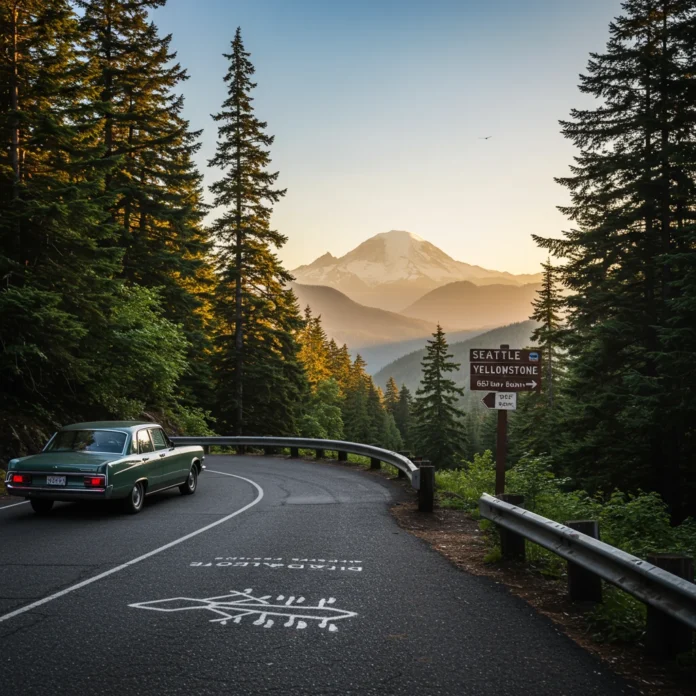What Makes the Drive from Seattle to Yellowstone So Scenic?
The journey from Seattle to Yellowstone National Park is one of the most visually rewarding road trips in the American Northwest. As we travel, we encounter a dramatic shift in landscapes—from the lush, evergreen forests of western Washington to the rolling wheat fields of Idaho, and eventually to the rugged grandeur of Montana’s mountains. Each mile brings new sights, scents, and sounds, making the drive an adventure in itself.
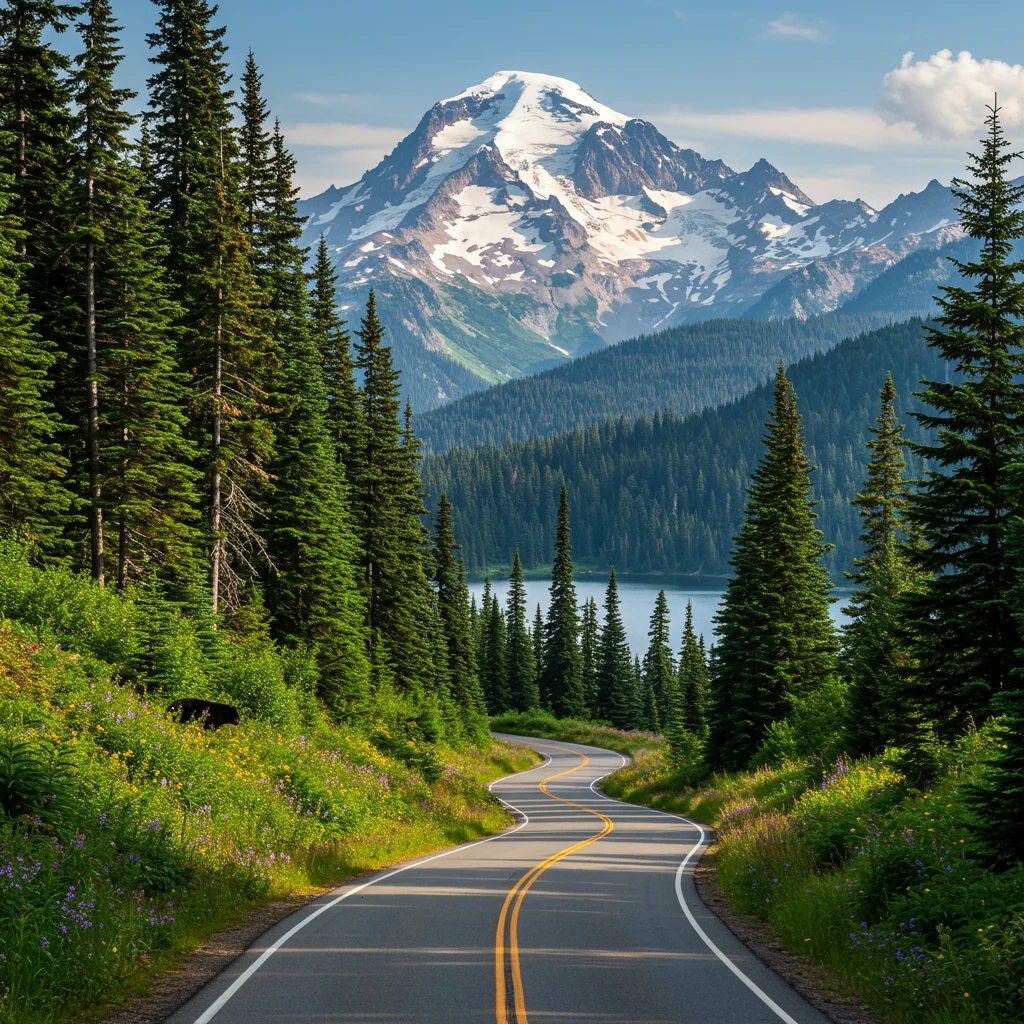
The route also offers a remarkable blend of natural wonders and vibrant towns, ensuring there’s always something intriguing around the next bend. Whether we’re chasing the golden hues of a mountain sunrise or pausing to watch bison graze under an endless sky, the journey is as unforgettable as the destination.
Why Choose a Road Trip from Seattle to Yellowstone?
Opting for a road trip offers flexibility, freedom, and a deeper connection with the landscape. We can stop at hidden viewpoints, sample local cuisine, and linger in charming small towns. Unlike flying, driving lets us set our own pace and create an itinerary tailored to our interests.
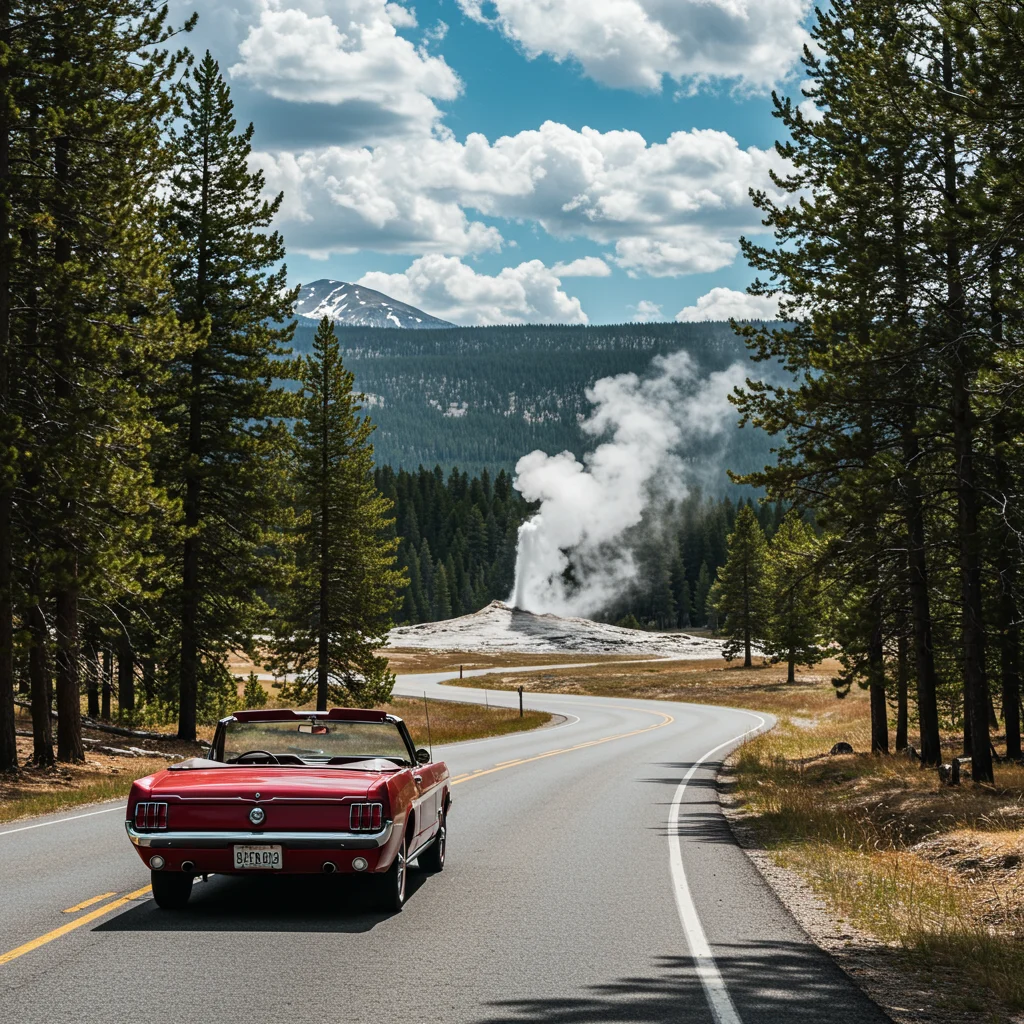
This route is especially rewarding for those who appreciate photography, wildlife, and the joy of discovery. The journey is filled with opportunities to create lasting memories, whether we’re traveling solo, as a couple, or with family and friends.
How Long Does It Take to Drive from Seattle to Yellowstone?
The direct drive from Seattle to Yellowstone typically covers about 750 to 850 miles, depending on the chosen route. Without extended stops, it takes approximately 12 to 14 hours of driving time. However, to fully appreciate the scenic beauty and unique attractions along the way, spreading the journey over three to four days is ideal.
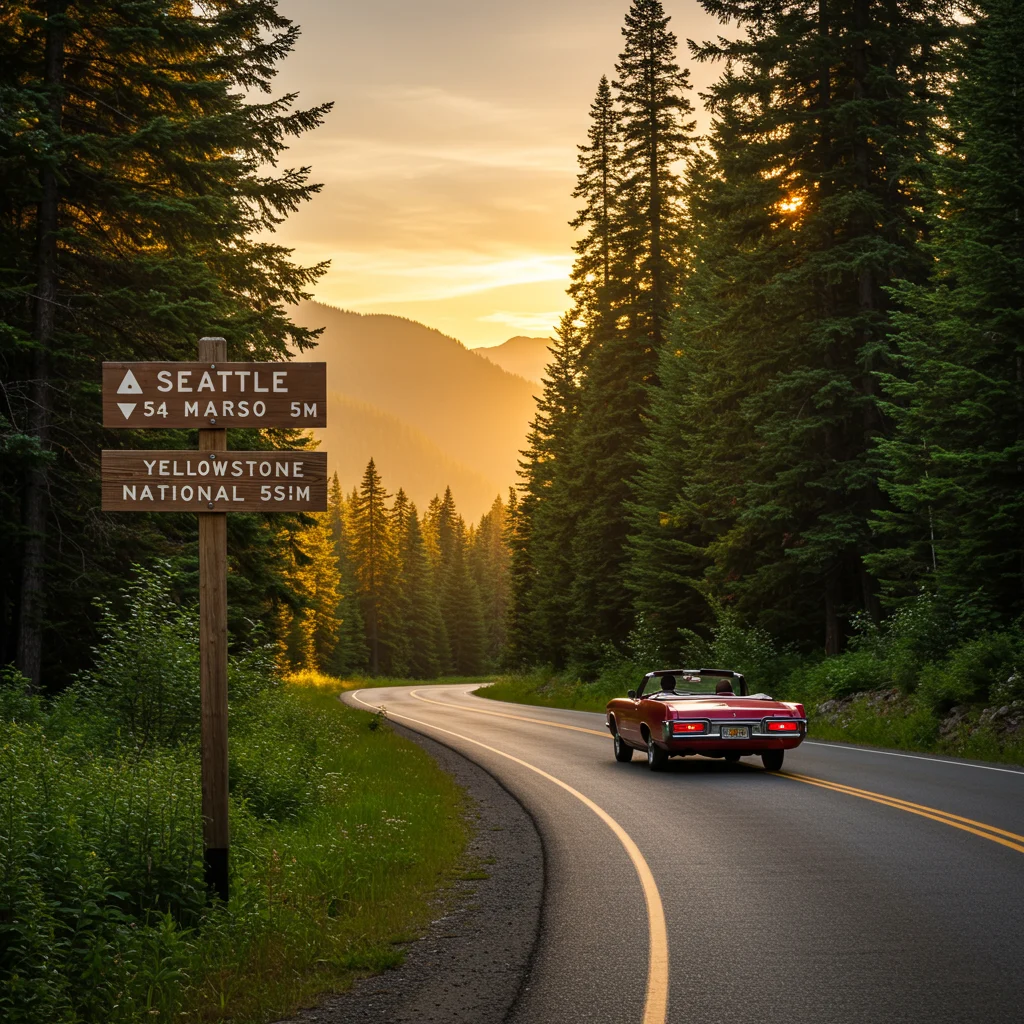
Taking our time allows us to enjoy the changing terrain, visit local landmarks, and avoid fatigue. By planning overnight stays in key towns, we turn a long drive into a series of memorable experiences.
When Is the Best Time of Year for the Seattle to Yellowstone Drive?
The optimal window for this road trip is late spring through early fall. From May to September, roads are generally clear of snow, and the parks are open. Wildflowers bloom in June, while autumn brings a tapestry of colors in September. Summer offers warm temperatures and long daylight hours, perfect for sightseeing.
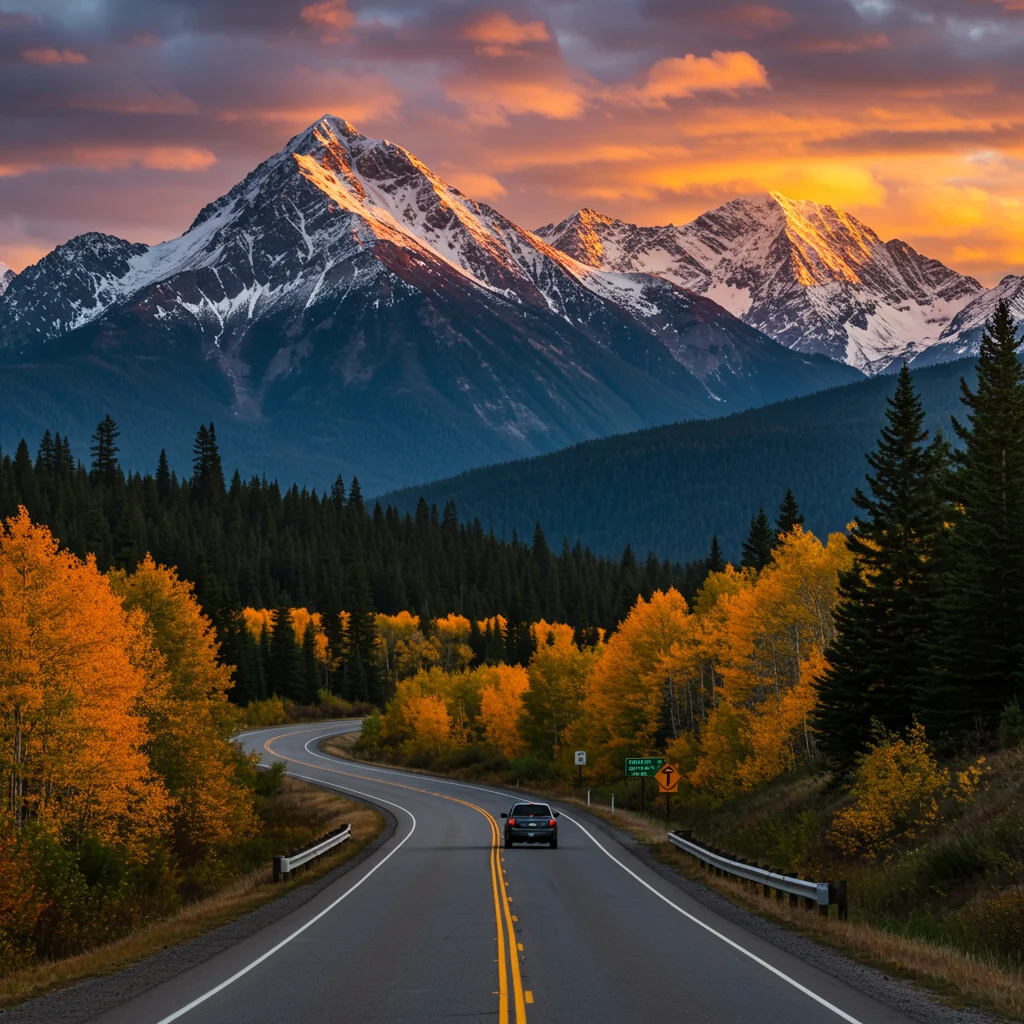
Winter brings icy conditions and possible road closures, especially in mountain passes. If we plan to visit in the shoulder seasons, we should check for updated road and weather advisories.
What Essential Planning Tips Should You Know for This Journey?
Preparation is key for a comfortable and safe trip. We recommend:
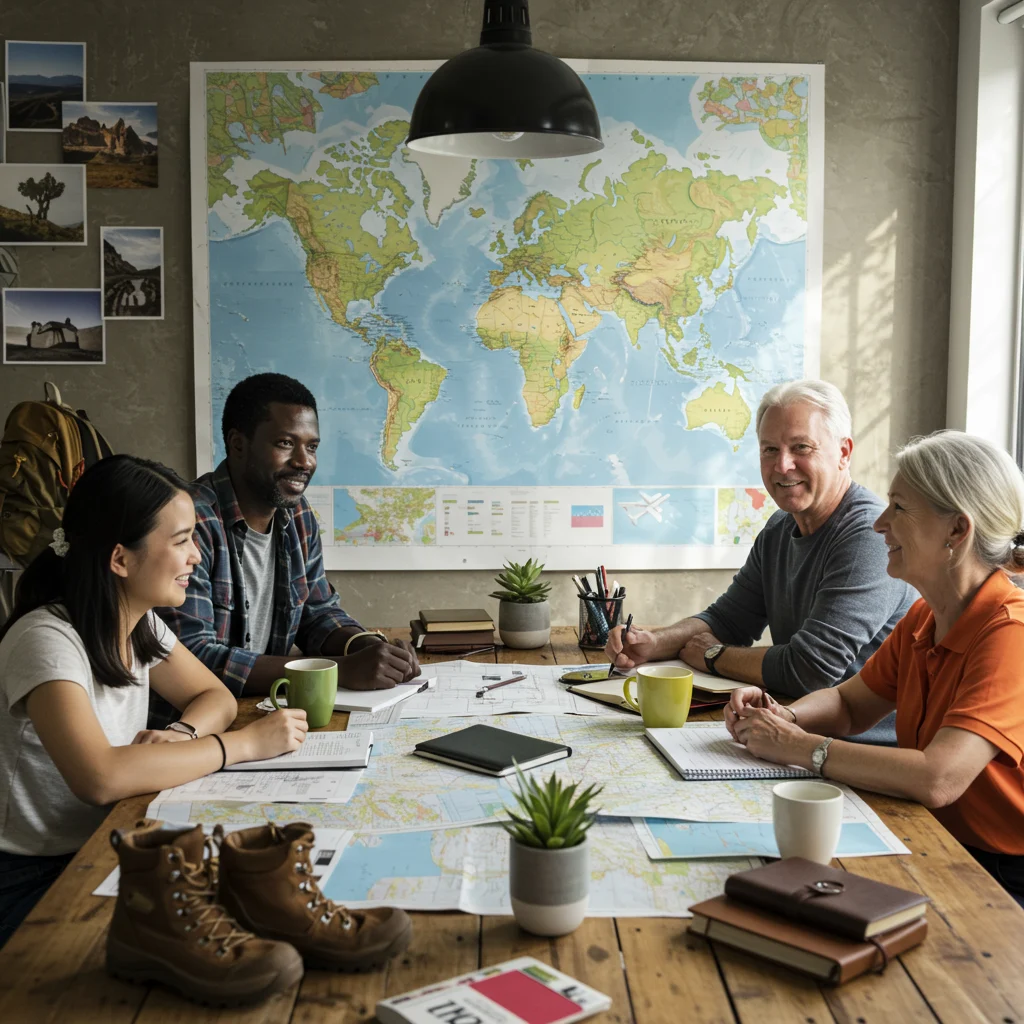
- Booking accommodations in advance, especially during peak summer months
- Checking road conditions and construction updates before departure
- Mapping out fuel stops in remote areas
- Bringing a printed map as backup for unreliable GPS zones
- Packing snacks, water, and emergency supplies
For those interested in guided park experiences, it’s wise to plan your trip and book activities in advance.
What Route Options Are Available for Driving from Seattle to Yellowstone?
Several routes connect Seattle to Yellowstone, each offering distinct landscapes and attractions. The most common is via I-90 east through Spokane and Missoula, then south via US-191 or US-287 into Yellowstone. Alternate routes traverse the scenic byways of central Washington or the rugged mountains of Idaho and Montana.
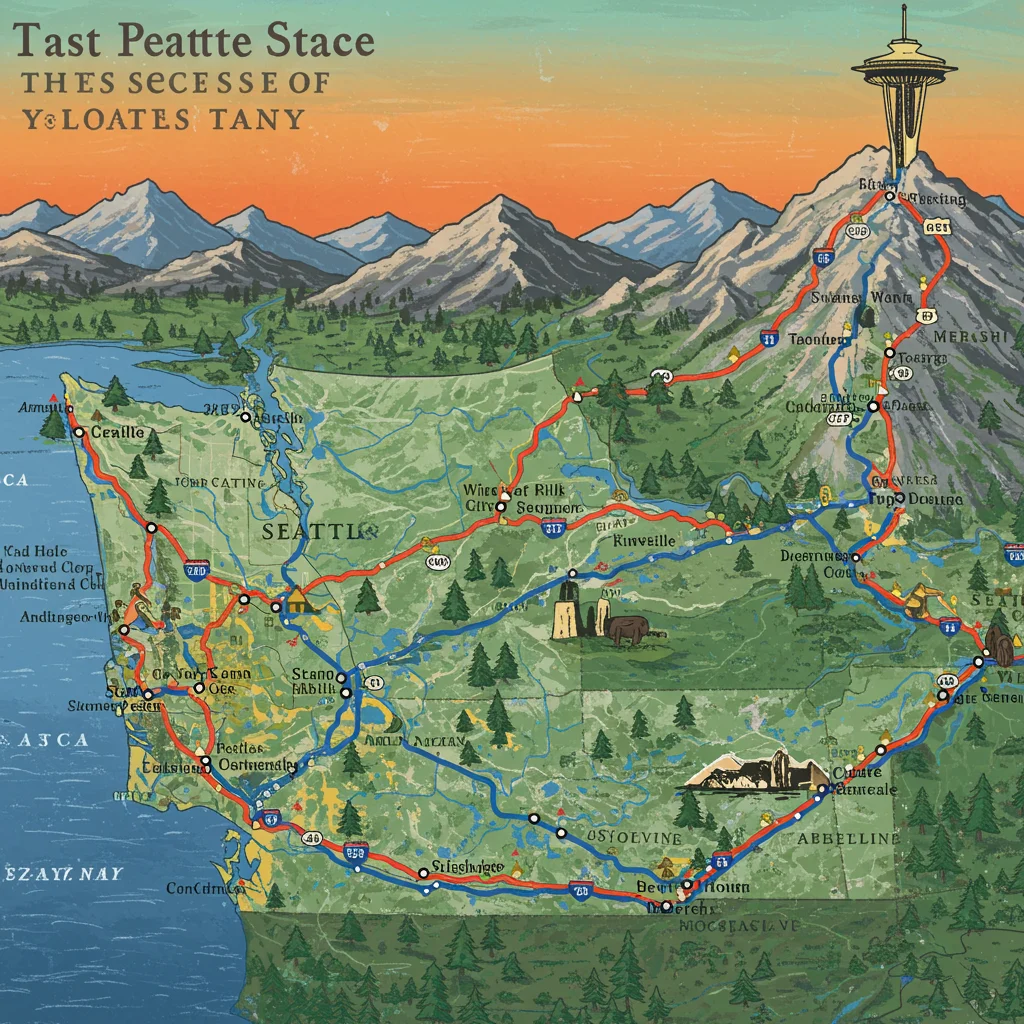
Choosing the right route depends on our priorities—whether speed, scenery, or unique stops matter most.
What Is the Recommended Scenic Route Overview?
The most popular scenic route starts on I-90 east from Seattle, passing Ellensburg, Spokane, and Missoula. From Missoula, we continue southeast toward West Yellowstone, Montana, the park’s western gateway. This route treats us to mountain vistas, river valleys, and lively towns—perfect for those who want the best of both worlds.
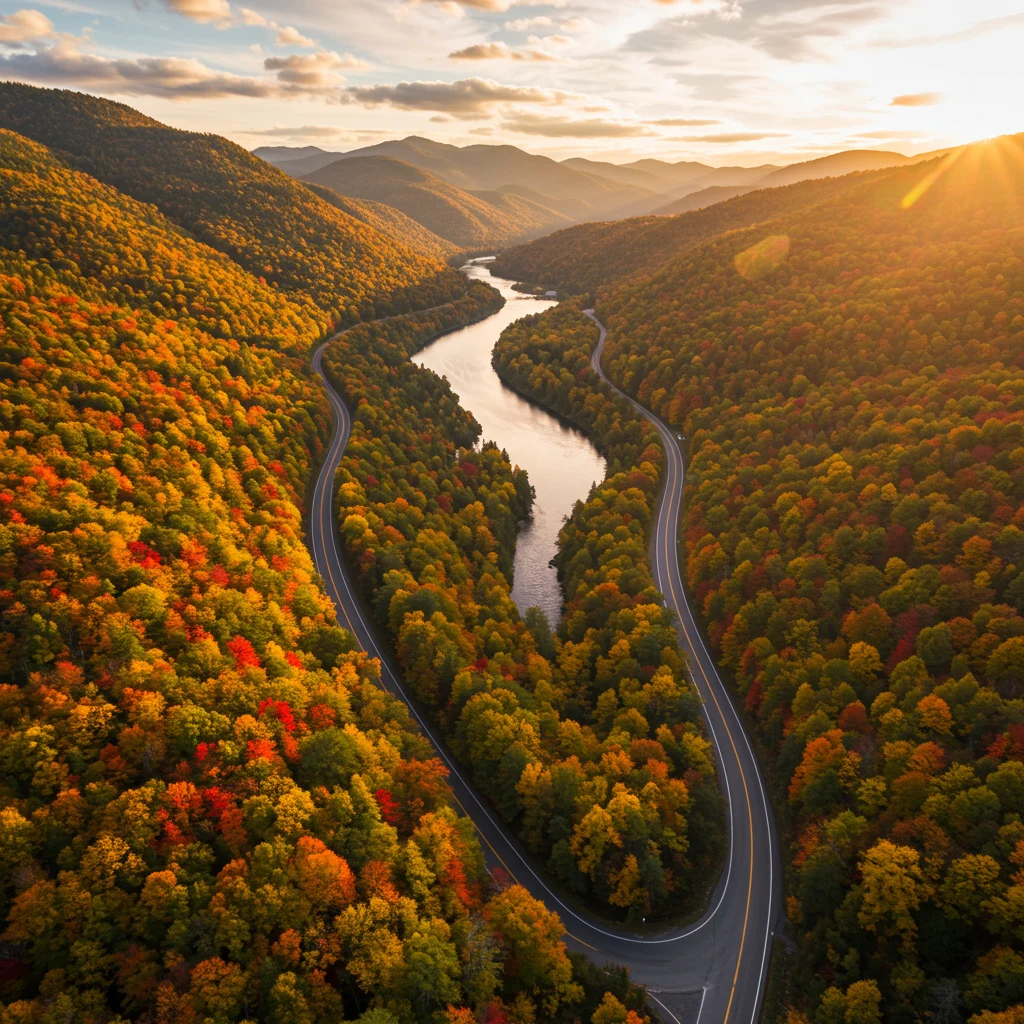
Along the way, we can pause at iconic viewpoints, visit local museums, and savor regional cuisine.
Alternate Routes: Fastest vs. Most Scenic
If time is limited, staying on I-90 offers the quickest path. For a more immersive experience, detours through the Bitterroot Valley or along US-12 (the Lewis and Clark Highway) provide breathtaking scenery and less traffic.
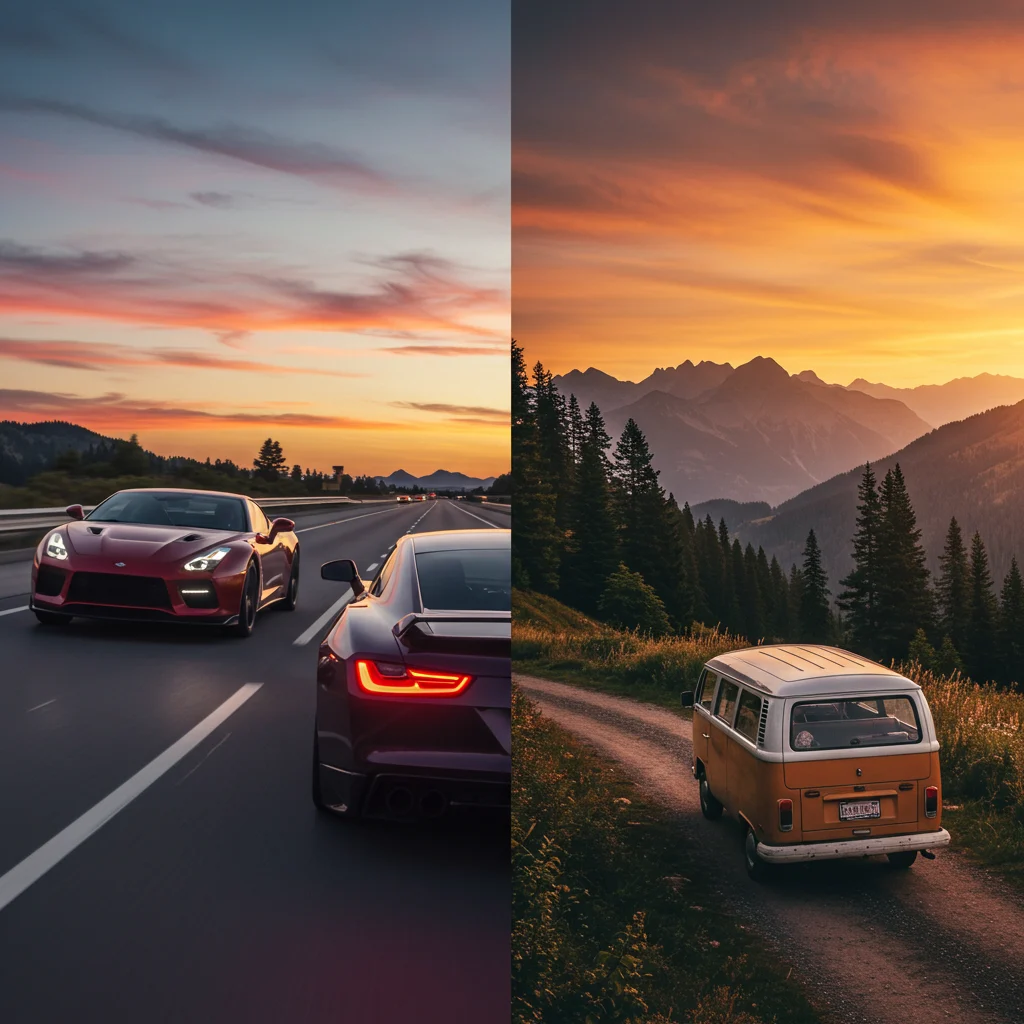
Each alternate route has its own highlights, from hot springs to historic mining towns.
How to Choose the Best Route for Your Interests?
We should consider what excites us most—are we after dramatic mountain views, wildlife sightings, or cultural stops? Those who enjoy outdoor activities may prefer routes passing through national forests. Foodies might opt for towns known for local specialties. Reviewing route maps and local guides helps us tailor the journey to our tastes.
What Should You Do in Seattle Before Starting the Drive?
Before setting out, Seattle offers a host of activities to kick off our adventure. We can stroll the bustling Pike Place Market, gaze at the skyline from the Space Needle, or savor fresh seafood at the waterfront.
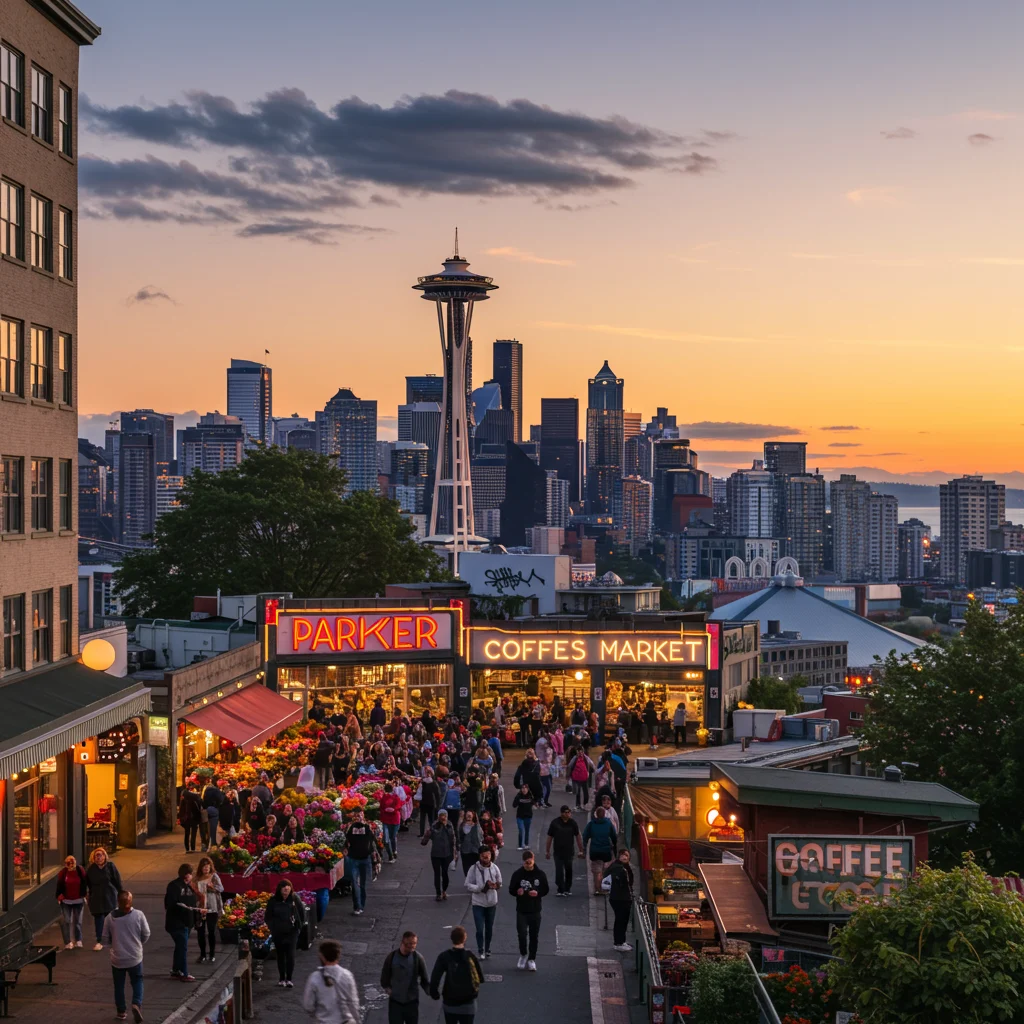
For those seeking a taste of the region’s natural beauty, consider a day trip to Mount Rainier National Park for panoramic views and alpine meadows.
Top Things to Do in Seattle Before You Go
- Visit the Chihuly Garden and Glass exhibit
- Sample coffee at the city’s original Starbucks
- Walk the historic Pioneer Square district
- Explore the Museum of Pop Culture
Packing Essentials for a Road Trip to Yellowstone
Packing wisely ensures we’re ready for any situation. The journey covers a variety of climates and altitudes, so layers are essential.
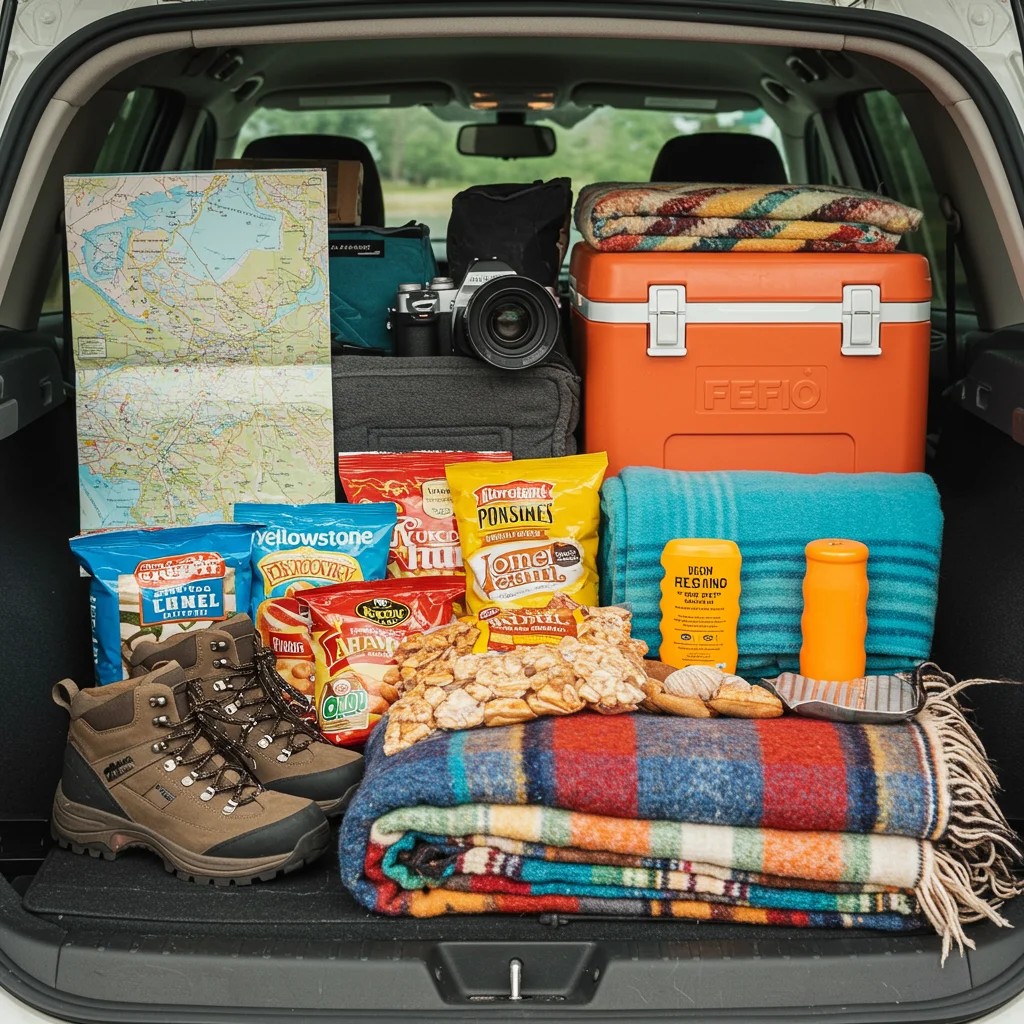
What Should You Pack for This Scenic Drive?
- Comfortable clothing and sturdy walking shoes
- Rain jacket and warm layers for chilly nights
- Reusable water bottle and snacks
- First aid kit and personal medications
- Binoculars for wildlife spotting
- Camera or smartphone for photos
- Travel pillow and blanket for long stretches
- Sun protection: hat, sunglasses, sunscreen
Road Trip Safety and Emergency Preparedness
Safety is our top priority. Before leaving, we should check tire pressure, oil levels, and brakes. Bringing roadside emergency supplies—like jumper cables, a flashlight, and a portable phone charger—adds peace of mind.
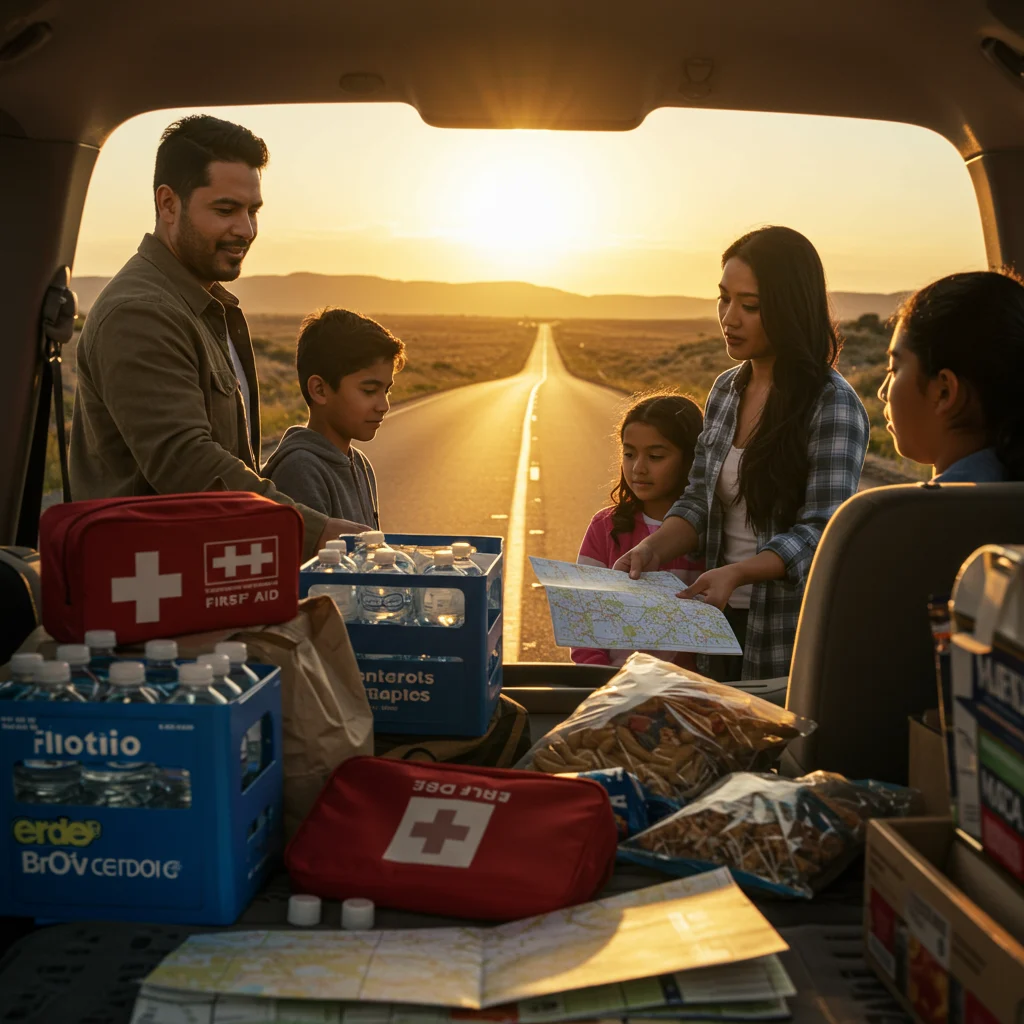
We also recommend sharing our itinerary with a trusted friend and checking in regularly.
Must-Have Road Trip Apps and Tools
Several apps make the drive smoother and more enjoyable. Navigation tools like Google Maps or Waze help us avoid traffic and find detours. GasBuddy locates the best fuel prices, while iExit points out services at upcoming exits.
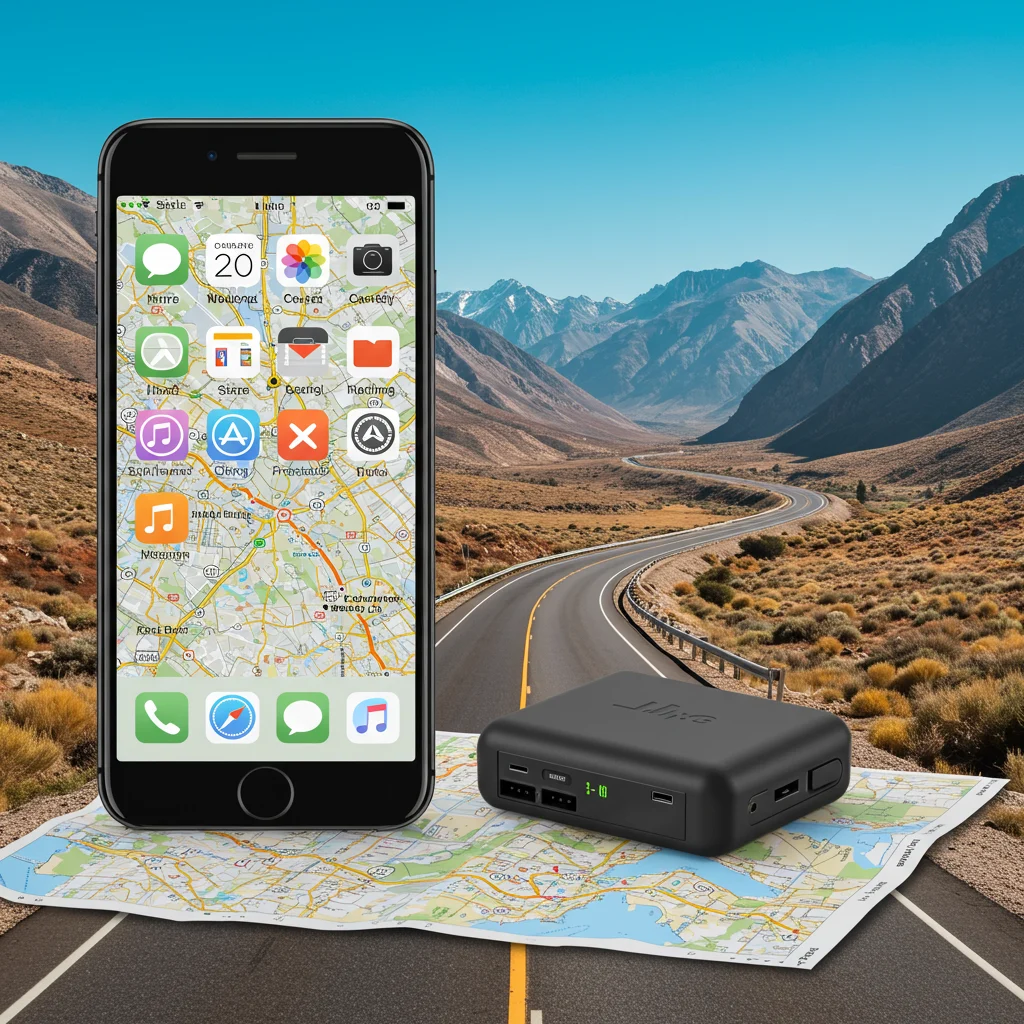
- AllTrails: For hiking trail recommendations
- Roadtrippers: For finding attractions and quirky stops
- Spotify or Audible: For music and audiobooks
- Weather apps: To monitor changing conditions
What Does a Day-by-Day Itinerary Look Like for This Road Trip?
Breaking the journey into manageable segments enhances our enjoyment and allows us to savor each region. Here’s a sample four-day itinerary.
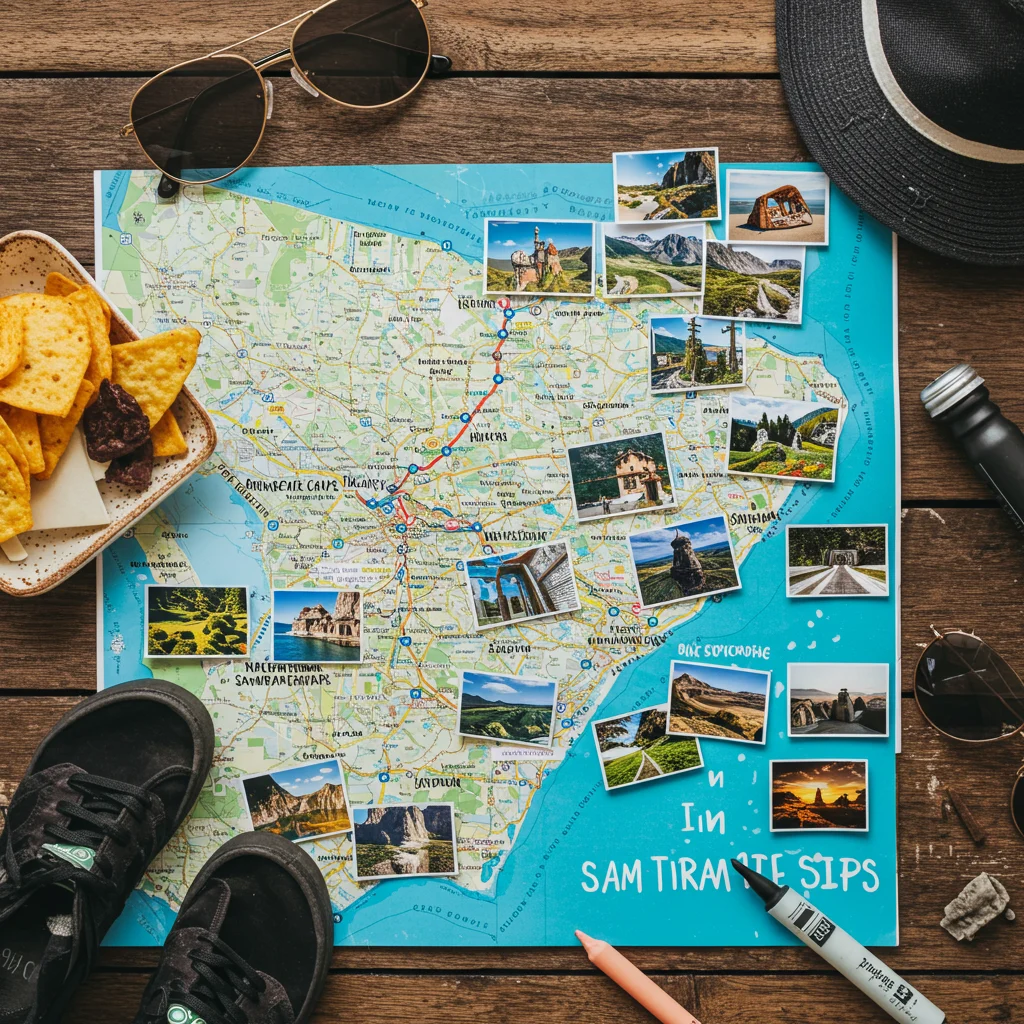
Day 1: Seattle to Ellensburg
Our first stretch takes us east along I-90, leaving the urban bustle for mountain scenery.
Best Stops Along I-90 East
- Snoqualmie Falls: Thundering waterfalls and misty viewpoints
- North Bend: Cozy cafés and Twin Peaks filming sites
Recommended Places to Eat and Stay
- Ellensburg Pasta Company: Hearty meals in a historic setting
- Local motels and B&Bs: Welcoming, comfortable, and convenient
Day 2: Ellensburg to Spokane
The landscape shifts to golden hills and vast farmland as we continue east.
Scenic Views and Attractions on the Way
- Ginkgo Petrified Forest State Park: Ancient fossils and sweeping river views
- Columbia River Gorge: Striking cliffs and panoramic vistas
Exploring Spokane: What Not to Miss
- Riverfront Park: Lush gardens and a sparkling carousel
- Manito Park: Fragrant blooms and Japanese gardens
- Historic Davenport Hotel: A glimpse into Spokane’s past
Day 3: Spokane to Missoula
We cross into Idaho, where pine forests and mountain lakes set the stage for a picturesque drive.
Must-See Stops in Idaho
- Lake Coeur d’Alene: Crystal-clear waters and lakeside trails
- Wallace: Quirky mining town with rich history
Missoula Highlights and Overnight Options
- Downtown Missoula: Eclectic shops and vibrant nightlife
- Clark Fork Riverfront: Ideal for an evening stroll
- Local hotels and inns: Comfort and Montana hospitality
Day 4: Missoula to West Yellowstone
The final leg leads through the heart of Big Sky Country, with wide valleys and distant peaks.
Exploring Big Sky Country
- Madison River Valley: Expansive views and fishing spots
- Quake Lake: Formed by an earthquake, offering dramatic scenery
Final Stretch: Entering Yellowstone National Park
As we approach West Yellowstone, anticipation builds. The air grows crisp, and the scent of pine fills the car. We cross into the park, ready for geysers, wildlife, and legendary vistas. For a focused itinerary within the park, we recommend consulting our Yellowstone highlights guide.
What Alternative Detours and Side Trips Are Worth Considering?
Adding a detour can enrich our journey, especially if we have extra time. The Northwest offers several tempting side trips.
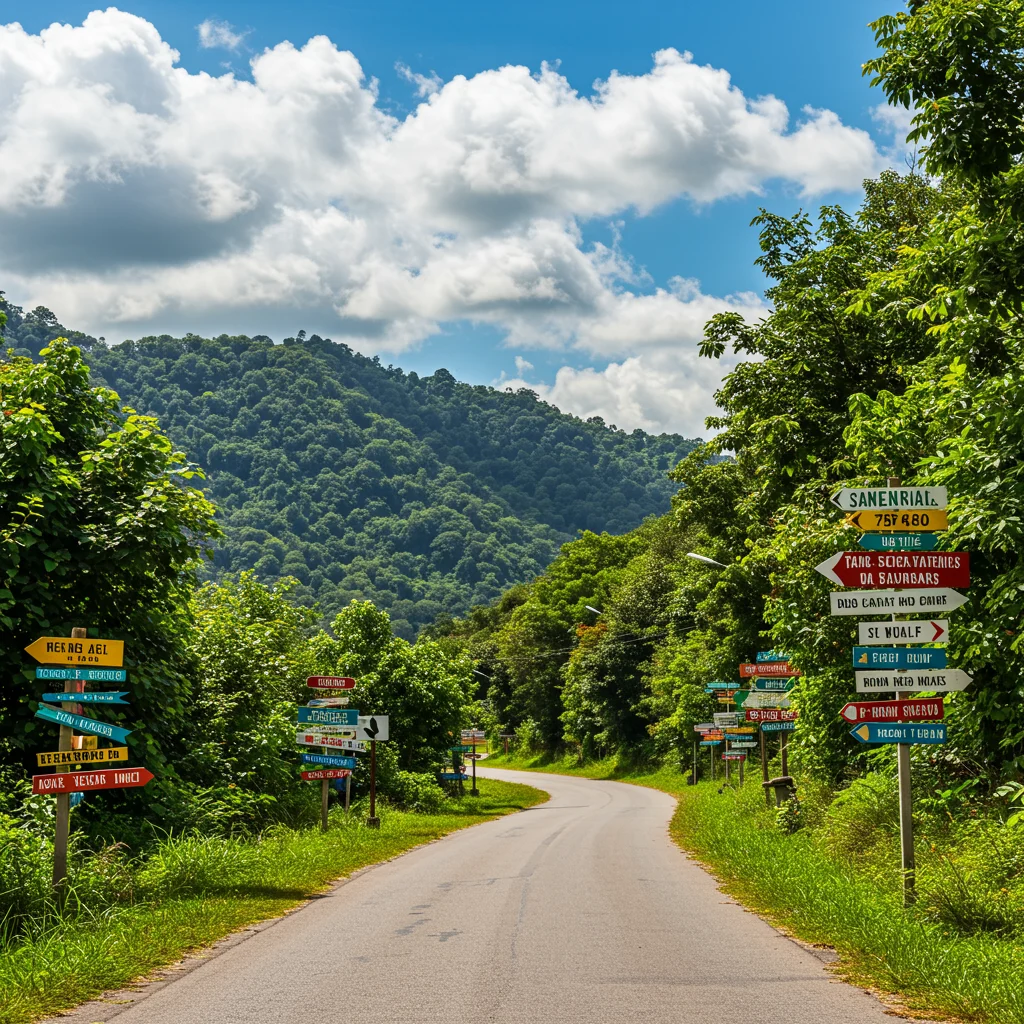
Should You Visit Coeur d’Alene, Idaho?
Coeur d’Alene is renowned for its sparkling lake and charming downtown. We can kayak, hike, or simply relax by the water, making it a perfect stop for outdoor enthusiasts.
Exploring Glacier National Park as a Detour
Heading north from Missoula, Glacier National Park boasts dramatic peaks, turquoise lakes, and the iconic Going-to-the-Sun Road. This detour adds time but rewards us with unforgettable alpine scenery.
Visiting Grand Teton National Park on the Way
Just south of Yellowstone, Grand Teton National Park features jagged mountains and pristine lakes. If our schedule allows, a visit here offers additional hiking and wildlife opportunities.
Which Are the Top Scenic Byways and Drives Along the Route?
Several byways transform the drive into a moving postcard. The Palouse Scenic Byway, Lewis and Clark Highway, and Gallatin Gateway each showcase the region’s natural splendor.

What Are the Most Beautiful Mountain Passes?
- Snoqualmie Pass: Lush forests and dramatic ridges
- Lookout Pass: Panoramic views at the Idaho-Montana border
- Homestake Pass: Sweeping vistas of Montana’s Rockies
Historic Highways and Small Towns Worth Visiting
- Wallace, Idaho: Silver mining history and unique architecture
- Livingston, Montana: Gateway to Yellowstone with a classic Western vibe
- Ellensburg, Washington: Preserved downtown and rodeo heritage
Best Places for Wildlife Viewing on the Drive
Wildlife sightings are a highlight of this journey. We might spot elk, bald eagles, moose, and deer along the rivers and forests. Early mornings and dusk are the best times for viewing.
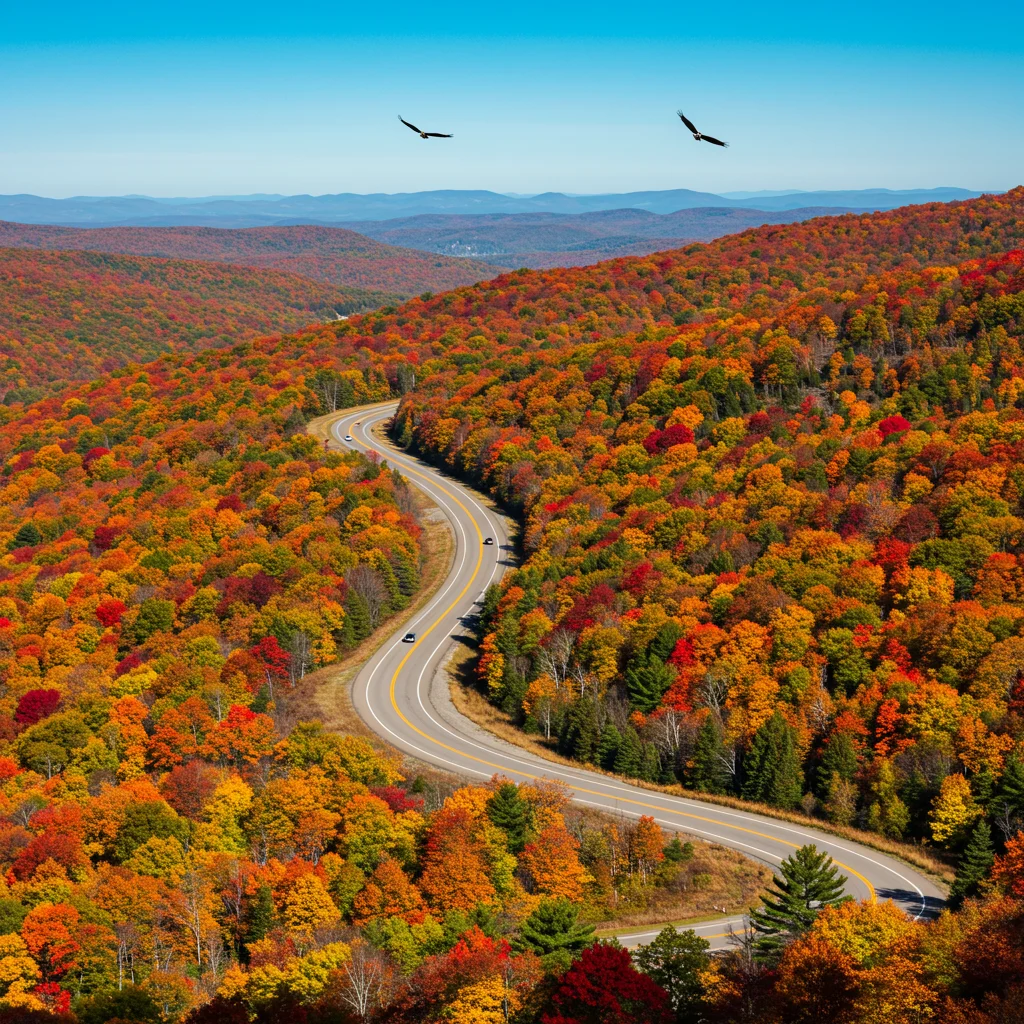
Where Are the Top Photo Opportunities?
Scenic overlooks, river valleys, and mountain meadows provide stunning backdrops. Keeping a camera handy ensures we don’t miss that perfect shot of a grazing elk or a fiery sunset.
As experts often say:
“The real voyage of discovery consists not in seeking new landscapes, but in having new eyes.”
What Family-Friendly Stops and Attractions Should You Include?
Keeping kids engaged makes the trip more enjoyable for everyone. Interactive museums, wildlife centers, and parks provide welcome breaks.
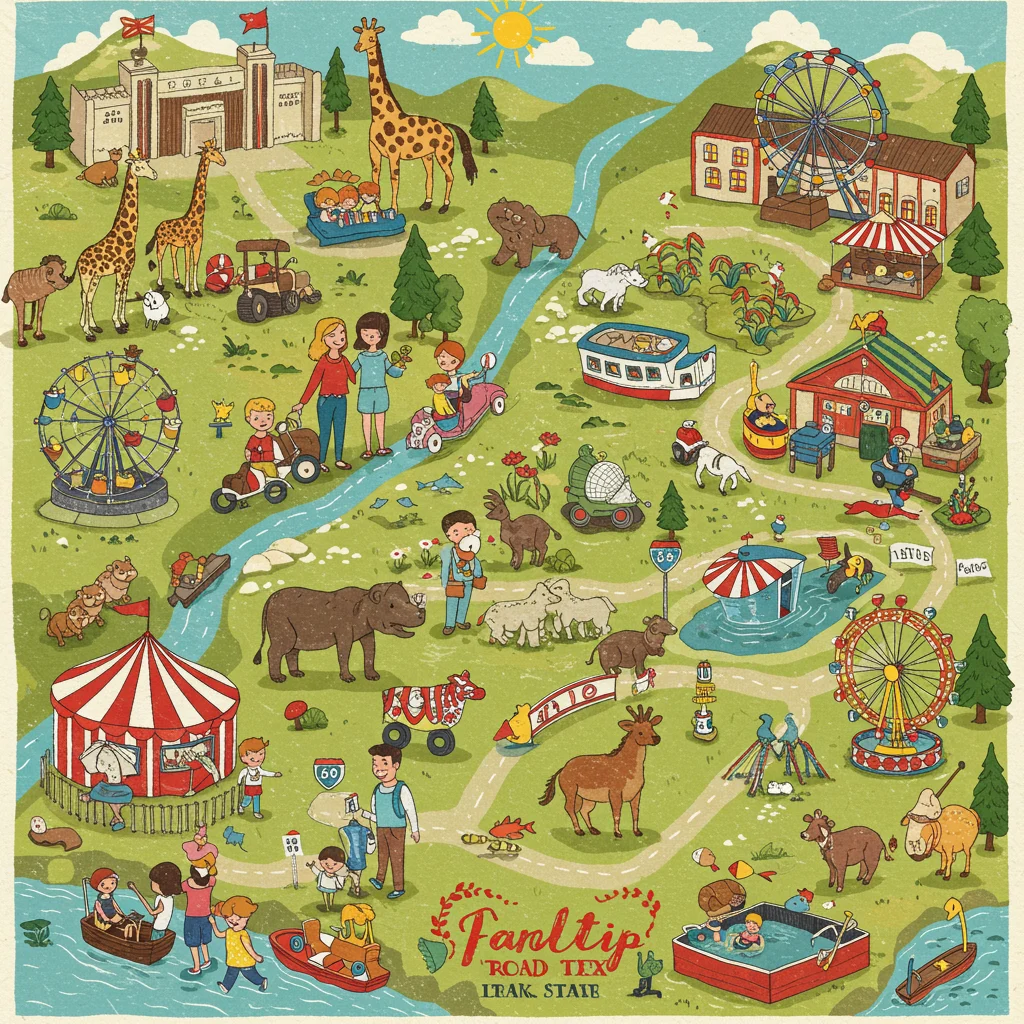
How to Entertain Kids on a Long Road Trip?
- Pack travel games, audiobooks, and coloring books
- Plan outdoor stops for stretching and playtime
- Choose accommodations with pools or playgrounds
Pet-Friendly Travel Tips and Stops
Traveling with pets requires a bit of extra planning. We should verify pet policies at hotels and parks, pack water and treats, and schedule regular breaks for exercise.
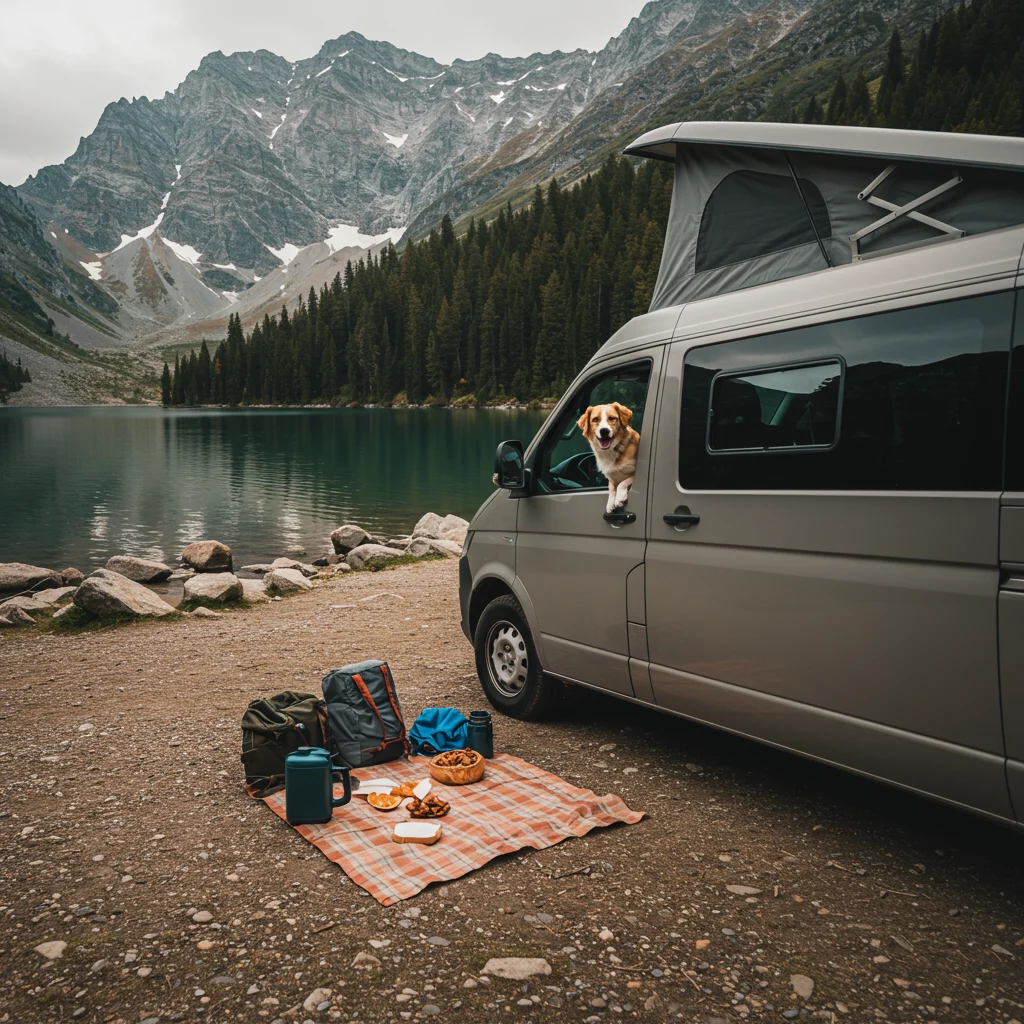
Many towns offer dog parks and pet-friendly trails, making it easy to include our furry companions in the adventure.
Where Can You Find the Best Local Food and Drinks Along the Route?
Sampling local flavors is one of the joys of a road trip. Each region along the way offers unique culinary experiences, from farm-to-table restaurants to classic diners.
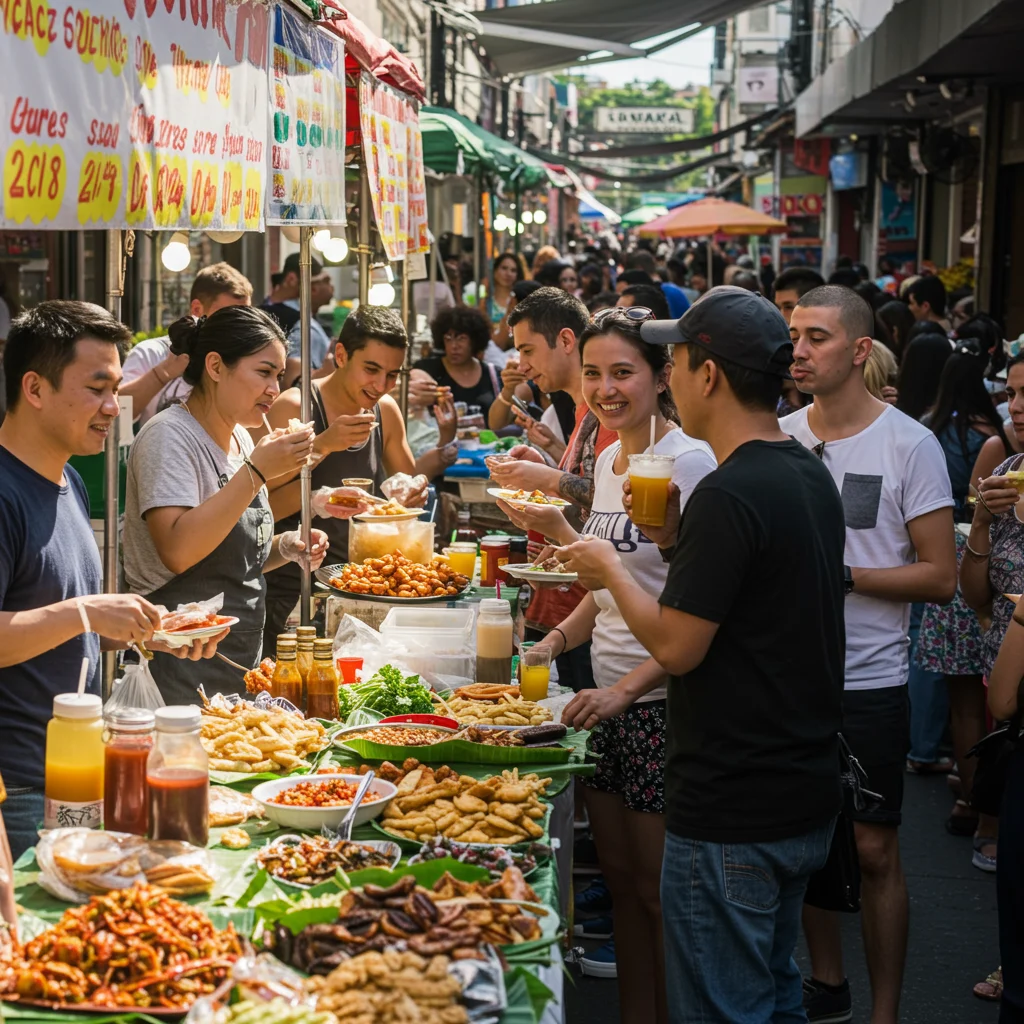
Top Roadside Diners, Breweries, and Cafés
- Red Horse Diner (Ellensburg): Nostalgic atmosphere and hearty breakfasts
- No-Li Brewhouse (Spokane): Award-winning craft beers
- Black Coffee Roasting Co. (Missoula): Artisan coffee and pastries
Unique Local Eats Along the Route
- Huckleberry pie in Montana
- Fresh trout from Idaho streams
- Wild game specialties near Yellowstone
Accommodation Guide: Where Should You Stay Along the Way?
A range of lodging options lines the route, from cozy cabins to modern hotels. Booking ahead is recommended, especially during peak season.
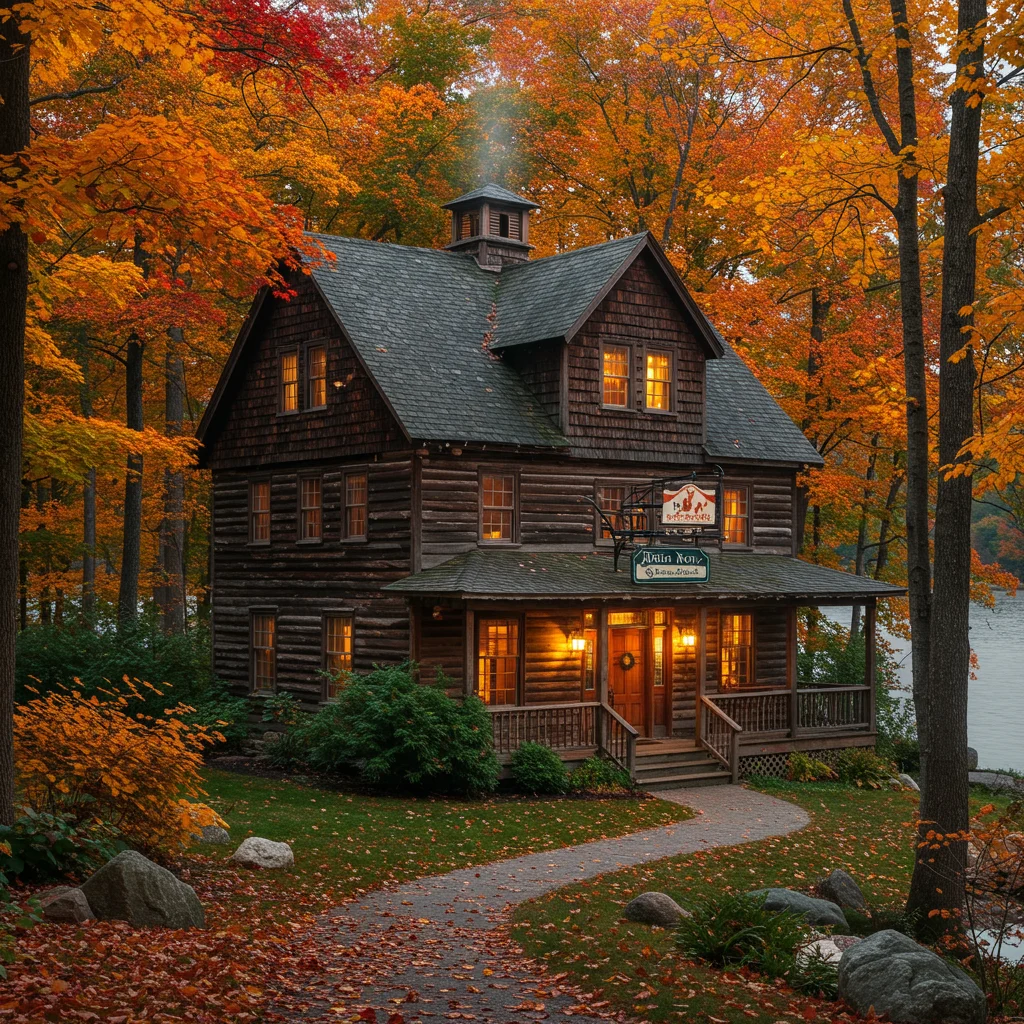
Hotels, Motels, and Cabins
- Historic hotels in downtown Spokane and Missoula
- Family-run motels in small towns
- Rustic cabins near West Yellowstone
Best Campgrounds for RVs and Tents
- KOA Campgrounds in Ellensburg and Missoula
- State parks with full amenities
- Forest Service campgrounds for a back-to-nature experience
Budget-Friendly Lodging Options
- Hostels in larger cities
- Economy motels along I-90
- Vacation rentals for groups
Packing for Different Weather Conditions
Weather can shift dramatically along this route, especially when crossing mountain passes or entering high-altitude regions.
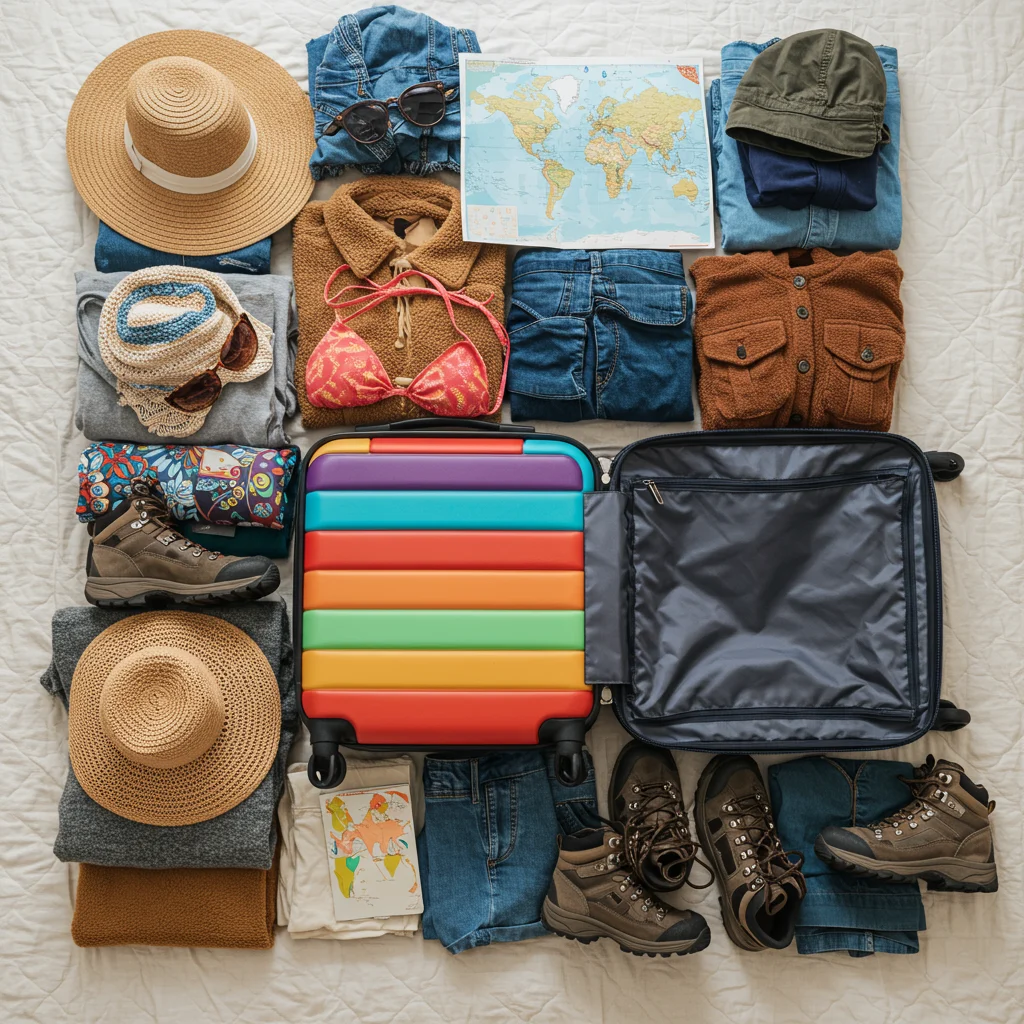
What to Expect from the Weather Along the Route?
Summer days are usually warm and dry, but evenings can be cool, especially in Montana. Spring and fall bring variable conditions, with possible rain or early snowfall. We should always check the forecast and pack accordingly.
Tips for Driving in Varying Terrain
Changing terrain keeps the drive interesting but also demands attention. Mountain roads require slower speeds and careful handling, while long stretches of highway can induce fatigue.
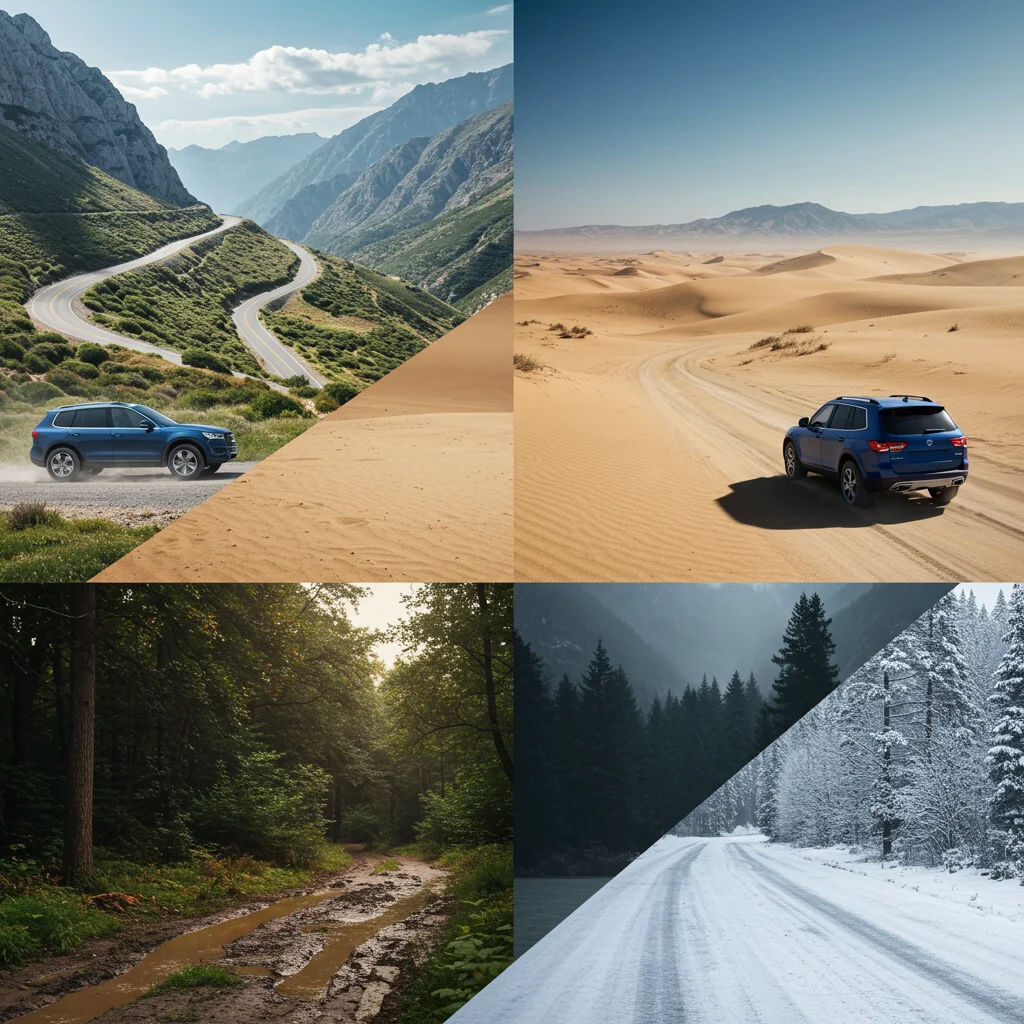
Mountain Driving Safety
- Use lower gears when descending steep grades
- Watch for wildlife crossing the road
- Be prepared for sudden weather changes
Managing Long Distances and Fatigue
- Take breaks every two hours
- Share driving duties when possible
- Stay hydrated and well-rested
Where to Find Essential Stops for Fuel and Supplies
Rest areas, truck stops, and small-town gas stations are scattered along the route. Planning fuel stops in advance helps avoid running low in remote stretches.
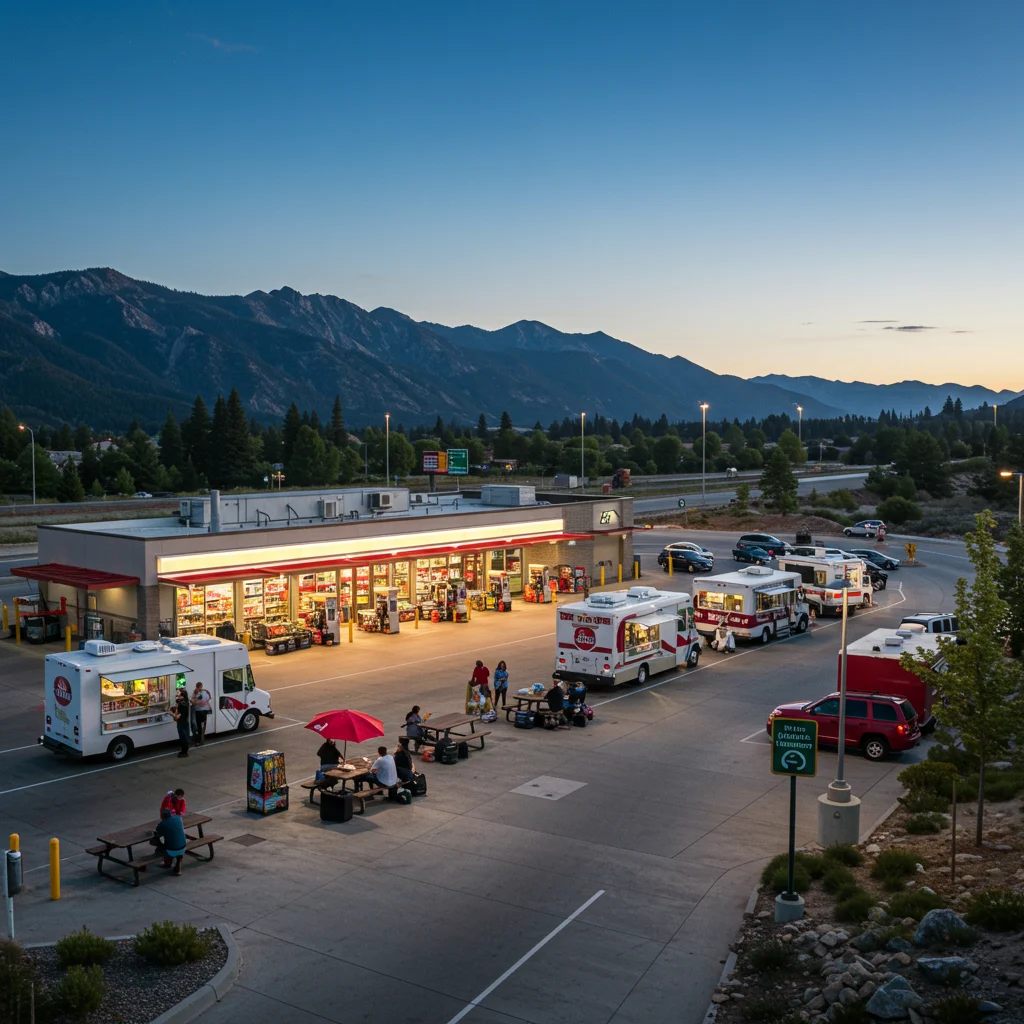
Where Are the Best Rest Areas and Scenic Pull-Offs?
- Wild Horse Monument overlook near Vantage, WA
- Rest areas along I-90 with picnic spots and views
- Scenic pull-offs along the Madison River in Montana
Photography Tips for Capturing the Seattle to Yellowstone Journey
The changing landscapes and abundant wildlife make this drive a photographer’s dream. Early morning and late afternoon offer the best light for landscapes. Patience and a zoom lens help with wildlife shots.
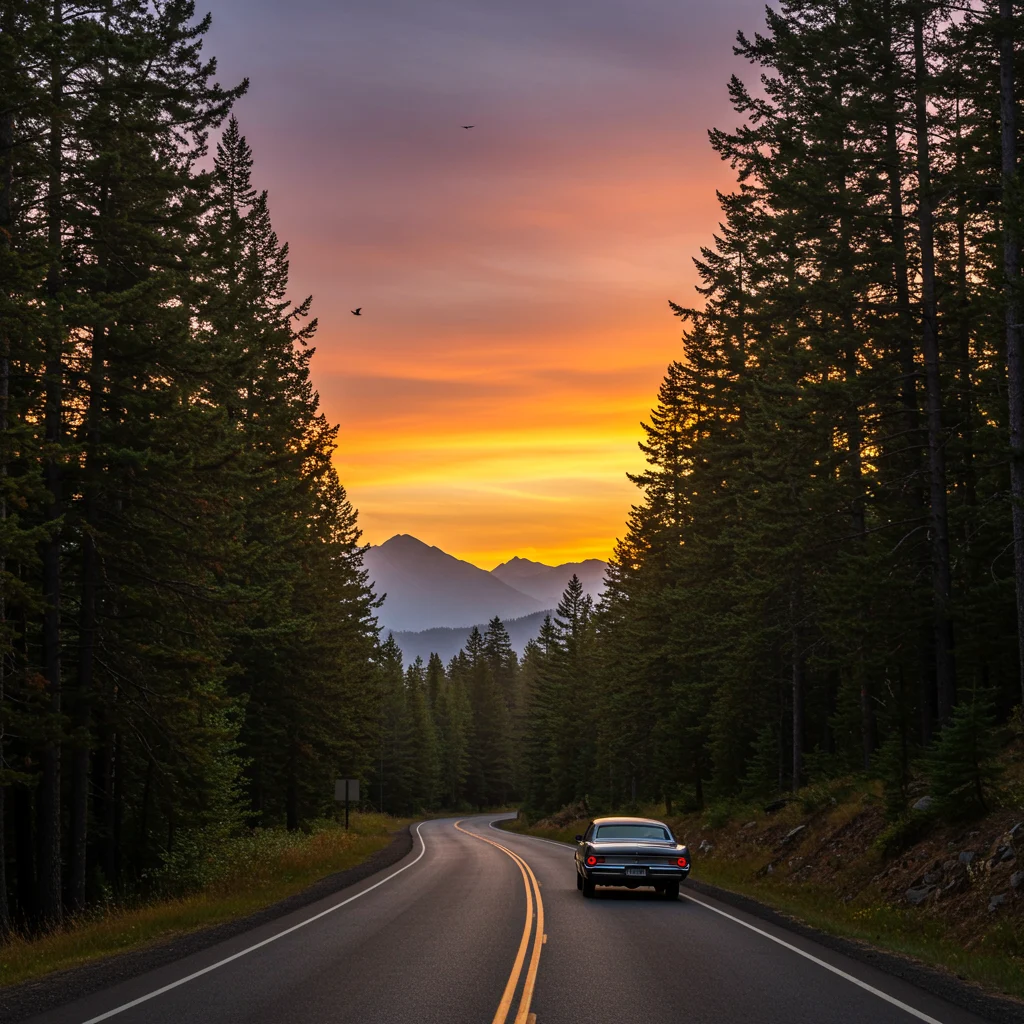
How to Get the Best Shots of Landscapes and Wildlife?
- Use a tripod for steady sunrise or sunset photos
- Keep your camera ready for unexpected sightings
- Respect wildlife and maintain a safe distance
How Can You Travel Sustainably on a Seattle to Yellowstone Road Trip?
Responsible travel protects the stunning landscapes we enjoy. We can reduce our impact by minimizing waste, choosing reusable items, and supporting local businesses.
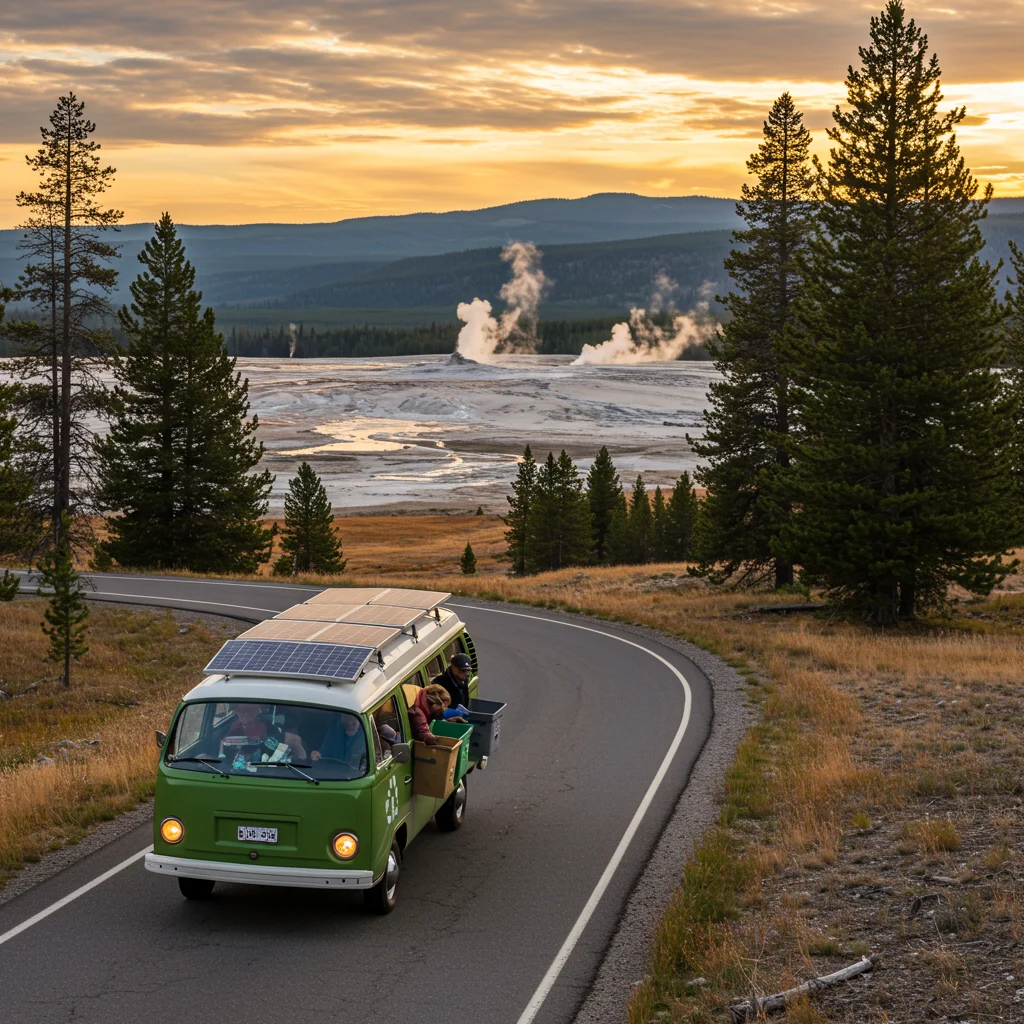
How to Minimize Your Environmental Impact?
- Pack out all trash and recyclables
- Refill water bottles instead of buying plastic
- Stay on marked trails to preserve fragile ecosystems
- Choose eco-friendly accommodations when possible
For more ideas on sustainable travel and appreciating unique natural wonders, take inspiration from our post on Hawaiian volcanoes and waterfalls.
What Final Preparations Should You Make Before Entering Yellowstone?
Just before entering Yellowstone National Park, we should top off our fuel, stock up on snacks, and review park regulations. Cell service may be limited inside the park, so having printed maps and information is wise.
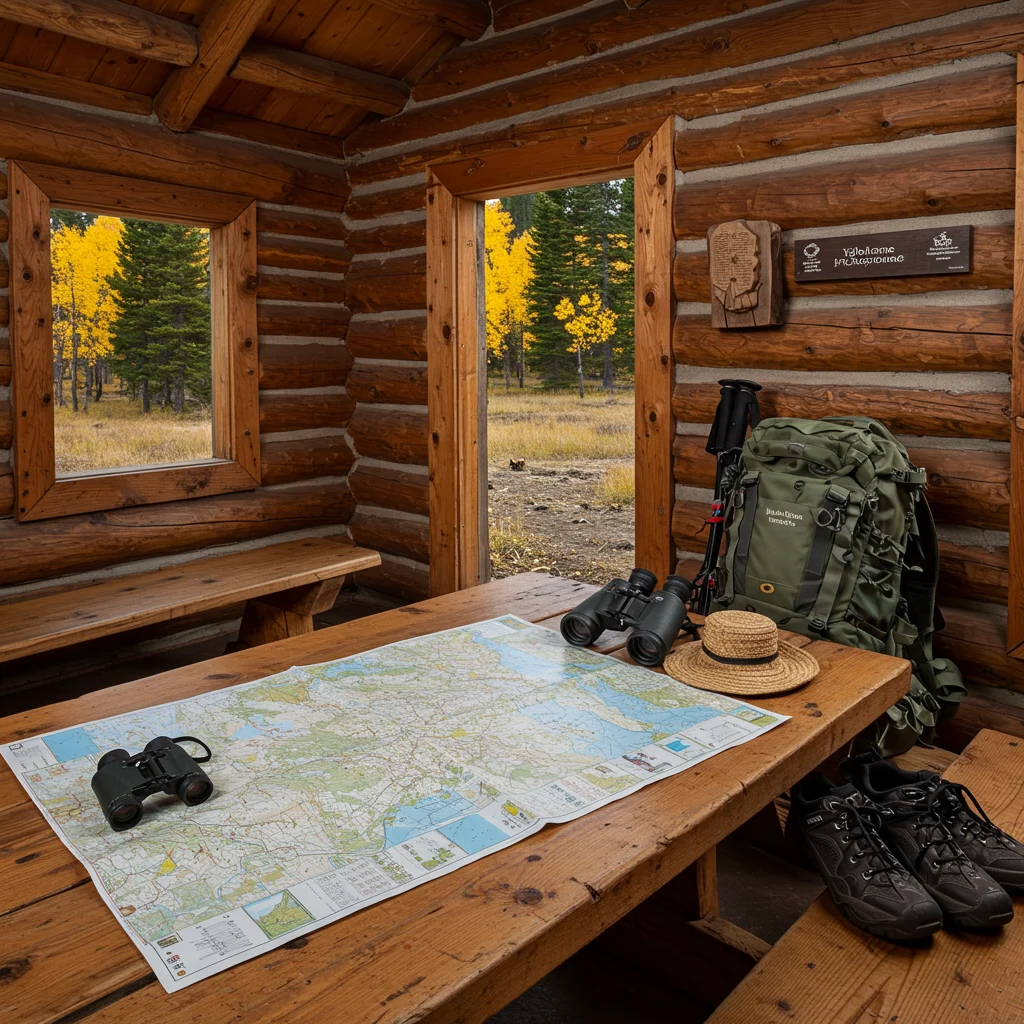
What to Know About Yellowstone Park Entry and Fees?
All vehicles require an entrance pass, available at park gates or online. Annual passes can save money if we plan to visit multiple national parks.
Last-Minute Supplies and Gas Stops
- West Yellowstone, MT: Last major stop for fuel and groceries
- Gardiner, MT: Supplies before entering through the North Entrance
- Cody, WY: For those entering from the east
What Are the Top Things to See and Do Upon Arrival in Yellowstone?
Yellowstone offers a wealth of natural wonders, from geysers to waterfalls. We should prioritize must-see sights and plan for crowd levels during peak times.
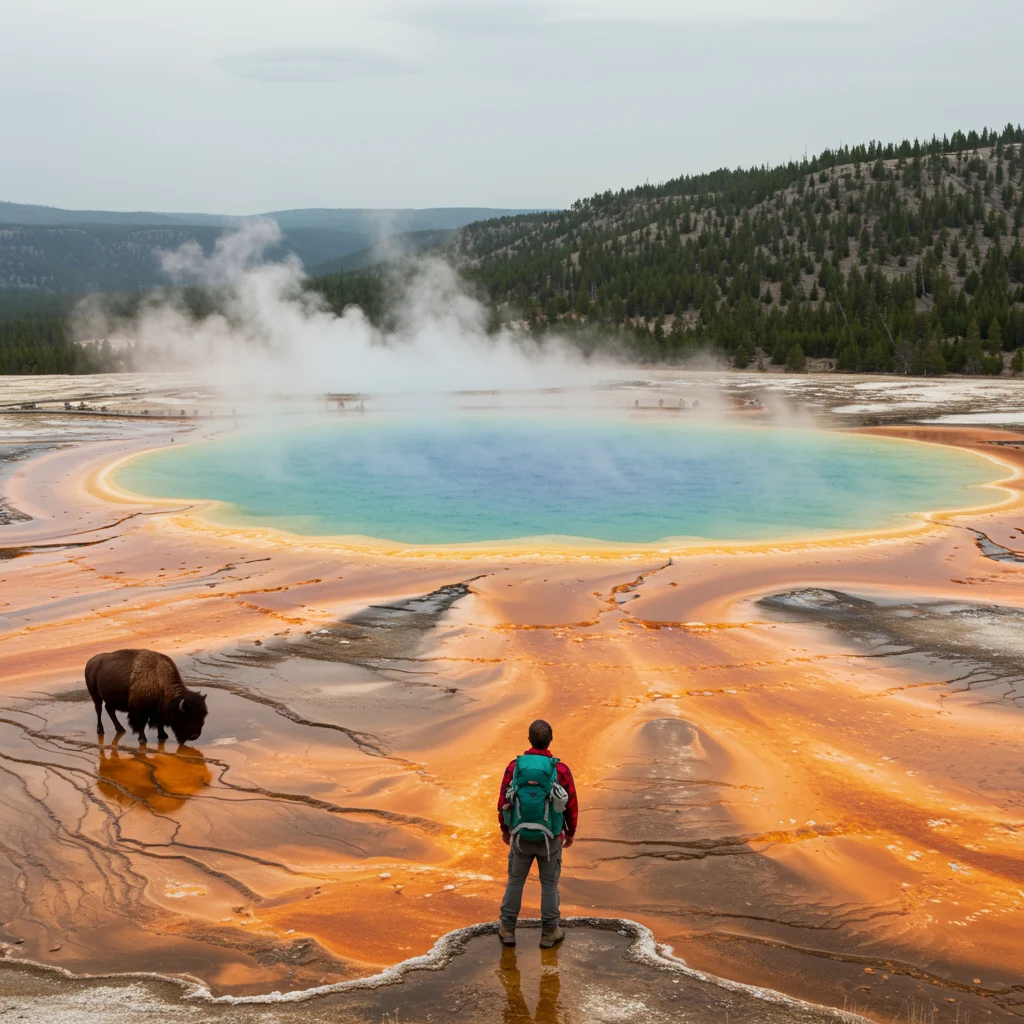
Must-Visit Attractions in Yellowstone National Park
- Old Faithful: Iconic geyser eruptions
- Grand Prismatic Spring: Vivid colors and steaming pools
- Lamar Valley: Prime wildlife viewing
- Yellowstone Lake: Tranquil beauty and boating
Best Hikes and Scenic Drives Inside Yellowstone
- Mammoth Hot Springs Terraces: Unique limestone formations
- Uncle Tom’s Trail: Staircase descent with waterfall views
- Grand Loop Road: Comprehensive tour of park highlights
For a detailed exploration, see our 2-day Yellowstone itinerary.
Frequently Asked Questions About the Seattle to Yellowstone Drive
We often receive questions about this trip. Here are some answers to help smooth your planning.
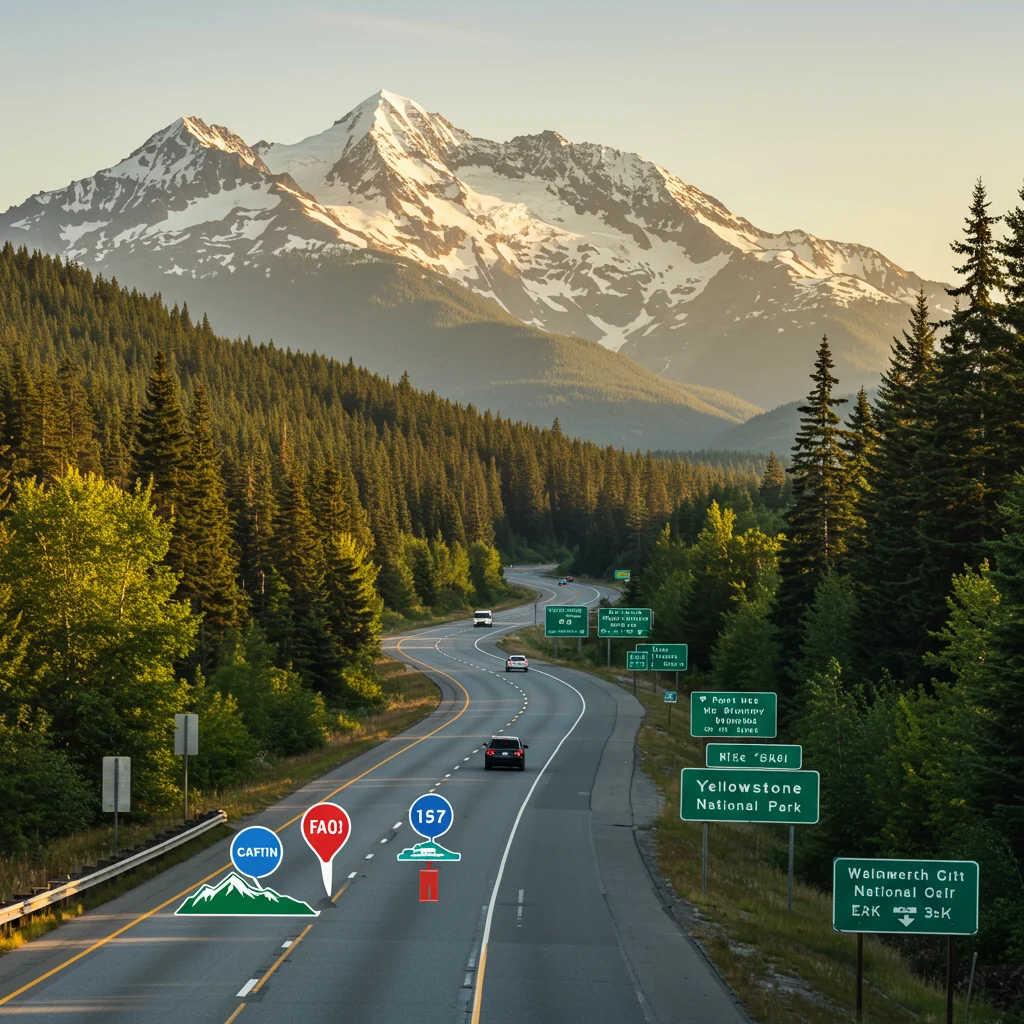
What Are Common Mistakes to Avoid on This Road Trip?
- Underestimating driving distances and travel times
- Failing to book accommodations in advance
- Ignoring weather forecasts and road conditions
- Not packing enough food, water, or emergency supplies
- Trying to see too much in too little time
For those who enjoy combining scenic drives with guided experiences, check out our advice in the Ultimate Island Tour Guide.
How to Book on Viator
Booking tours, activities, and experiences along your Seattle to Yellowstone route is simple with Viator. Their platform lets us browse and reserve everything from guided hikes to wildlife safaris, ensuring our trip is both seamless and memorable.
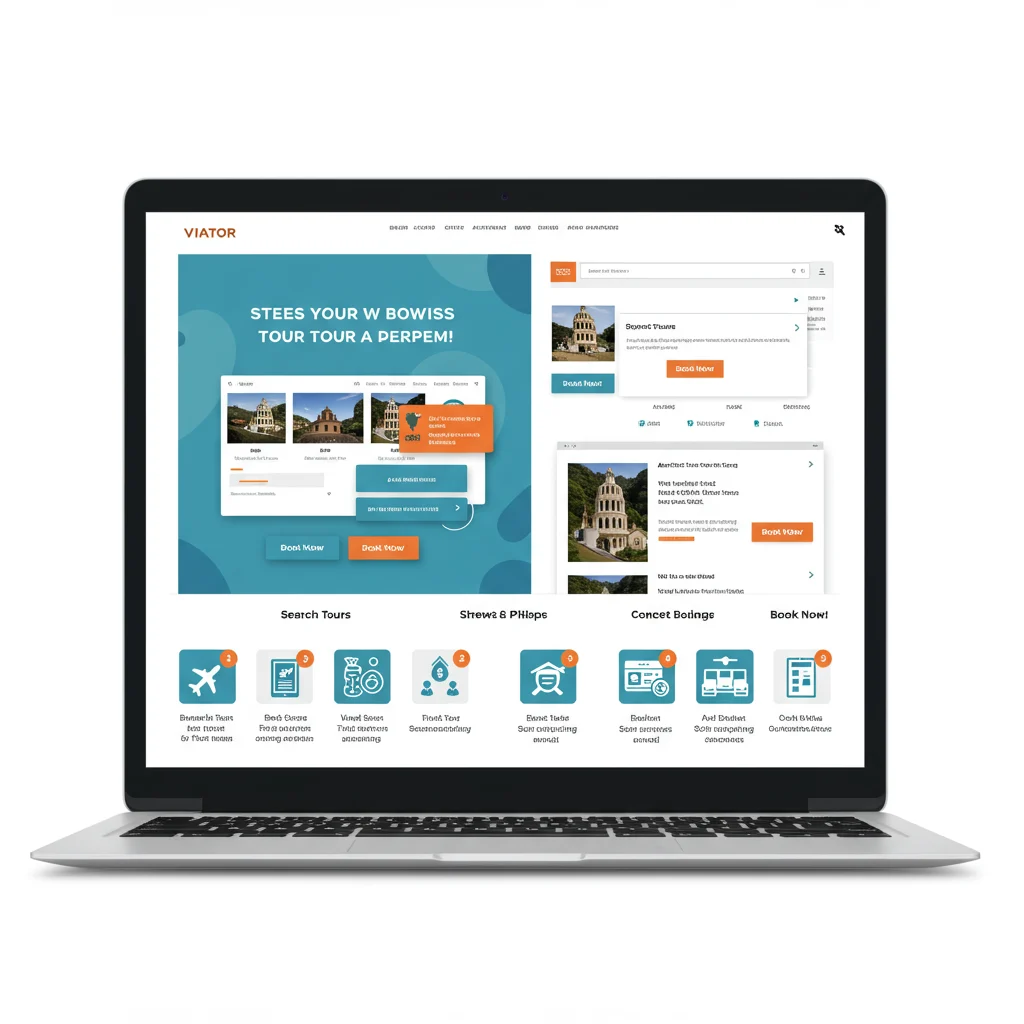
To find tours and book activities for any stop along the way, visit their website and search by destination or interest. We recommend reserving popular experiences in advance, especially during peak travel seasons.
Summary and Final Thoughts
The drive from Seattle to Yellowstone National Park is a journey through some of the Northwest’s most unforgettable landscapes. With careful planning, an open mind, and a spirit of adventure, we can turn this trip into an experience that stays with us for years.

For more inspiration and expert advice on planning your next road trip, be sure to visit Izase for detailed guides, itineraries, and travel tips.
Resources and Further Reading for Your Road Trip
For additional guidance, we suggest consulting official park websites, regional tourism boards, and travel blogs that specialize in the Pacific Northwest and Rocky Mountain regions. Those interested in volcanic landscapes and unique natural features may also appreciate our post about helicopter volcano excursions in Hawaii.
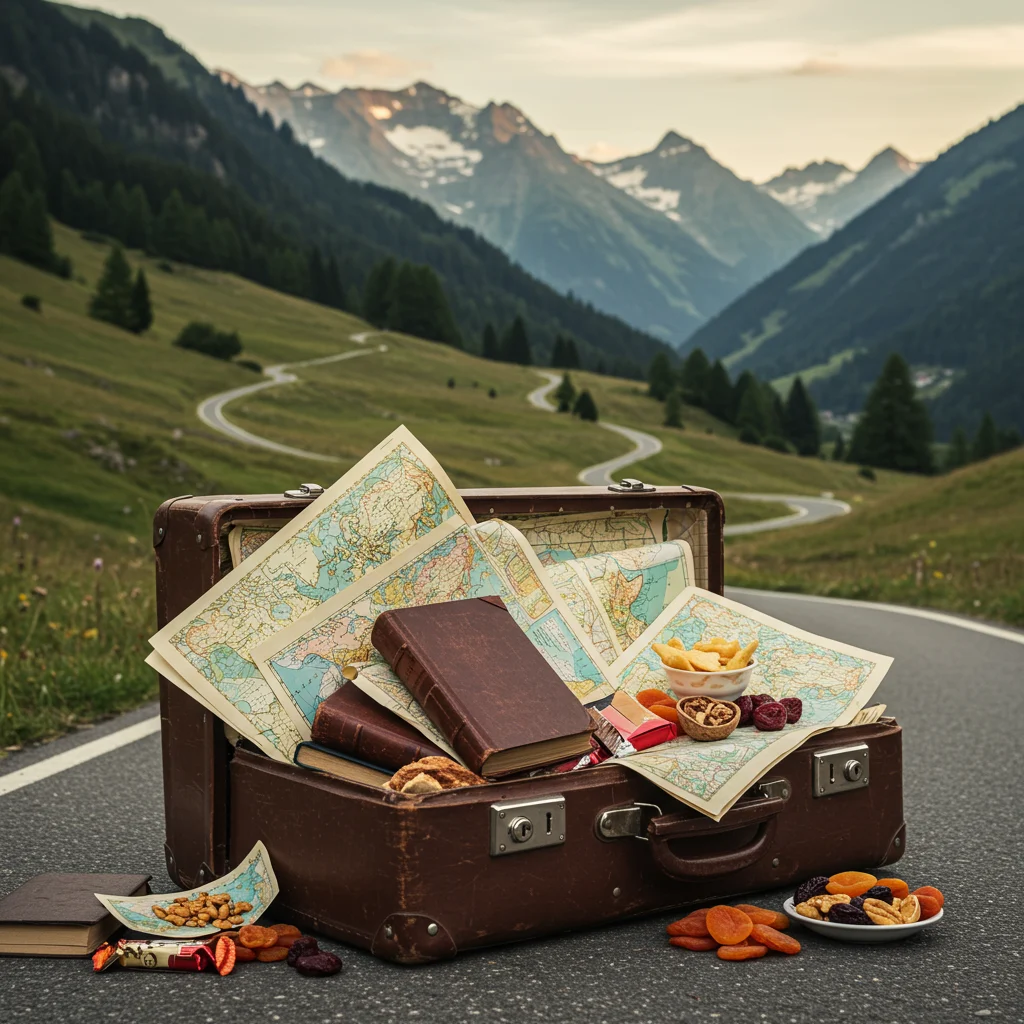
No matter your interests, thorough research and flexible planning will help you make the most of your Seattle to Yellowstone adventure.
Disclaimer: This information is accurate to the best of our knowledge; however, there may be changes or mistakes. Please verify exact details on the Viator booking page.

